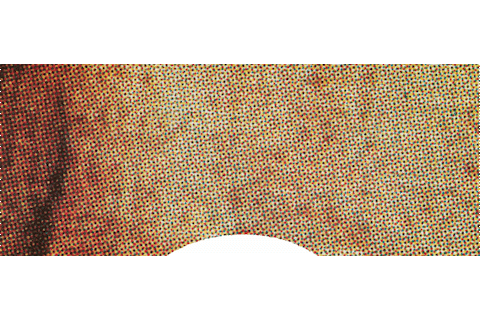
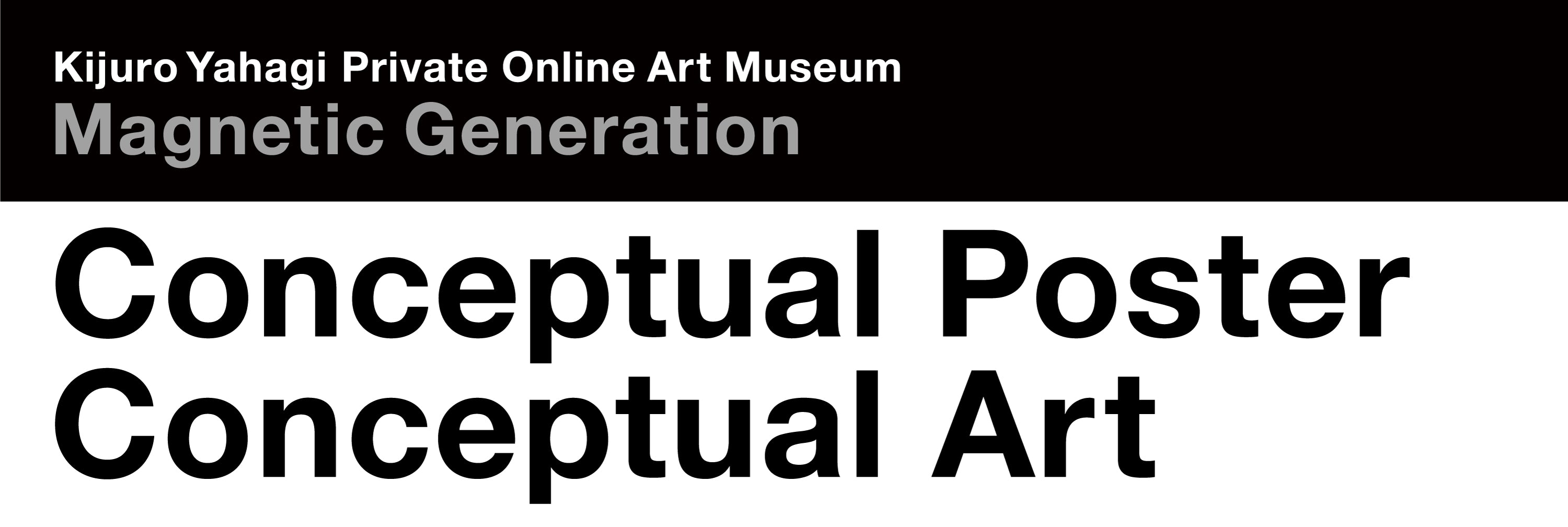
"Magnetic Generation" is Kijuro Yahagi's global avant-garde attempt to commit to the art scene by jumping out of graphic design!
Why I conceived the establishment of a private online art museum.
I am grateful that an art museum or gallery chooses to add my work to its permanent collection as it means the work will be preserved. However, if the major objective of a permanent collection is to preserve that collection for a distant, indefinite future, it is sad from the perspective of a creator because the work remains in storage without seeing the light of day. If, on the other hand, it is taken up in the near future, a creator is left to wonder what sort of concept would cause a curator to consider the work an option for inclusion in an exhibition. Gripped by uncertainties of that sort, I conceived the idea of establishing an on-line art museum that would effectively reveal my body of work. I thought that if I did that, people throughout the world would be able to look at any time, and the entirety of my work would be understood without any misconception.
Building a system that enables anyone to purchase a work.
Next, my idea is antithetical to convention; that is, art museums and galleries regard applied posters as works of applied art, and expect such posters to be provided for their permanent collections free of charge. In other words, artists are paid a proper value for the art they produce, but graphic designers are not paid for the applied art they produce, so museums and galleries ordinarily consider they can collect applied art without financial pain.
However, what I create is works of conceptual art. Conceptual posters may include print, but conceptual art have none at all. They are clearly attempts to create works of art that are out of the ordinary. Whatever size a work may take is only provisional; I assume that size can change freely. It is precisely because I think in this way that I believe their valuation needs to be changed.
According to one argument, the genre Russian Avant-Garde came to be recognized after 50 years, and applied posters created in that period became valuable. I know that astounding prices came to be attached to them by the art market. A similar thing happened in the world of ukiyoe. At one time, no one paid them the slightest attention in Japan because wood-block prints were initially sold cheaply. However, Tadamasa Hayashi went to France in 1878 and actively sold prints at high prices; that was one of the factors in today’s valuation of ukiyoe. Nevertheless, though they came to be regarded as works of historical and aesthetic value, only art dealers were rewarded monetarily by this development. The creators of ukiyoe of the time unfortunately did not benefit from the increased valuation of their works. I think this issue needs to be addressed. Such conditions provided me with important hints and led me to conceive a system that would not be tied down by art museums and galleries and allow anyone to purchase my conceptual posters and conceptual art.
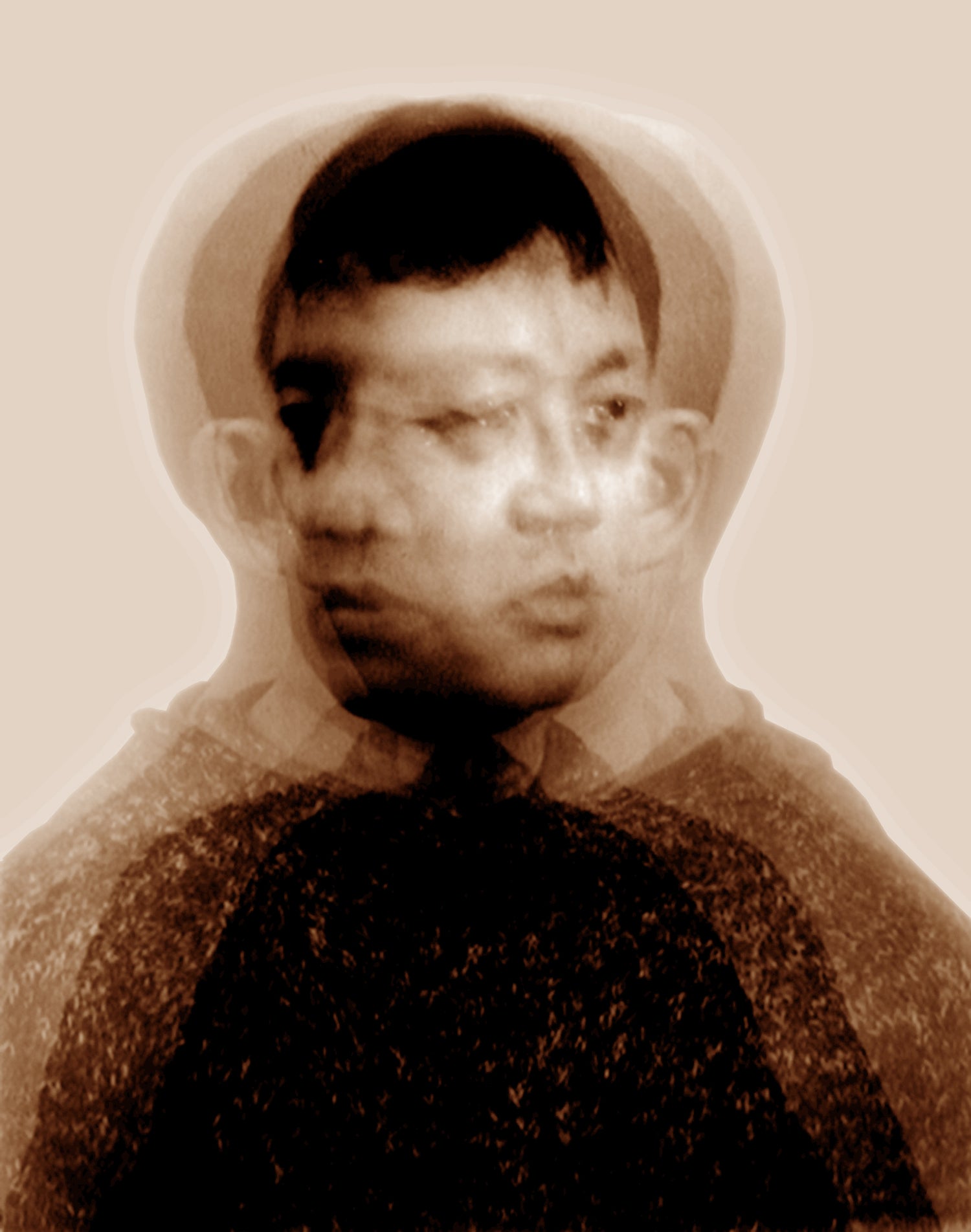
Kijuro Yahagi
Born in Japan in 1952, Kijuro Yahagi is active in a wide range of fields: graphic design, conceptual art, photography, architecture, and sculpture. In the conceptual posters created in 1980-84, he undertook experiments in printing images born of words on silk screens, exploring the meaning of words and converting concepts. Conceptual art was an attempt through offset printing to convert concepts without even the use of words.
Major events leading to further explorations of graphic design were his winning an award in the “Bertolt Brecht for His 80th Birthday: International Poster Competition” in the GDR in 1978; a special prize for the “Warsaw International Poster Biennale” in 1980; and a gold prize in the “Warsaw International Poster Biennale” in 1990. He threw himself into the world of not just graphic design but conceptual art. He remains active and has since expanded his work into diverse fields including photography, architecture, and sculpture.
Kijuro Yahagi has been invited to, and participated in, not only events in Japan but “The 6th Asian Art Biennale Bangladesh” in 1993, the “One Aspect of Contemporary Design” at the National Museum of Contemporary Art, Korea, in 1994; the “Second Mediations Biennale” at the ZAMEK Culture Centre. In 2021-2022, a major exhibition entitled “Kijuro Yahagi New Ways of Meeting the World” was held at The Museum of Modern Art, Hayama, Japan. Many art museums throughout the world have included Yahagi’s works in their collections, beginning with Die Neue Sammlung in Munich.
Conceptual Poster
101 Poster (1980-84)
In 1980, my exhibition poster (Kijuro) received a special prize at the “Warsaw International Poster Biennale.” At that time, the Polish art magazine Projekt which covers internationally renowned contemporary artists and architects, sought to publish a special issue about me. It asked me to put together a special article and said it would place that poster in its permanent collection. The poster was reduced to 56x40cm in size; copies of it were printed, folded into four and inserted into each individual volume of the magazine. Having received a request for a second special issue, I produced from 1980 to 1984 conceptual posters that were each inspired by a word and produced by the silkscreen method. In the end, I created 101 posters in all.
The concept for this series was to see what becomes apparent when something is cast in doubt and set in opposition to what is believed to be self-evident; that is, to explore what a word means precisely or how ambiguous it is. My aim can be said to have been to explore not just the meaning of a concept but the possibility of converting that concept. At first, the humor in the work was one of my interests, but gradually that humorous element diminished and importance shifted to thinking about the concept itself. Those conceptual posters were collected in Projekt as requested and became a second collection. As with the first poster, copies of the NON! poster were inserted in each volume of the magazine.
-
PERSPECTIVE CROSSING
Regular price ¥200,000Regular priceUnit price / per -
PERSPECTIVE
Regular price ¥200,000Regular priceUnit price / per -
OPINION [1]
Regular price ¥200,000Regular priceUnit price / per -
TRANSLATION
Regular price ¥200,000Regular priceUnit price / per -
UNDERSTANDING
Regular price ¥200,000Regular priceUnit price / per -
THIS THESE
Regular price ¥200,000Regular priceUnit price / per -
MEMORY [1]
Regular price ¥200,000Regular priceUnit price / per -
MELTING POINT
Regular price ¥200,000Regular priceUnit price / per -
INFERENCE [1]
Regular price ¥200,000Regular priceUnit price / per -
CONCLUSION [1]
Regular price ¥200,000Regular priceUnit price / per
Conceptual Art
From conceptual posters, I entered the domain of art, that is, conceptual art, by not including any words in pictures. I was amazed that “Shot by a Sight,” a work of conceptual art, received the gold prize at the 1990 “Warsaw International Poster Biennale.” The creation of this series of works and my winning the prize undoubtedly was a turning point that led me on the path to conceptual art. The year 1990 was a year before the Berlin Wall came down in 1989. The wave that swept Poland as well produced hyper-inflation; 10,000 Japanese Yen became the equivalent of a million Zloty. The award ceremony that was to have taken place two years later was cancelled. Four years later, in 1994, a magnificent ceremony took place with the evening event before the main ceremony, the exhibition, and the award ceremony accommodated in three separate palaces. I have heard that this was done for propaganda purposes in Eastern Europe and that the event was cancelled permanently after we were honored.
Shot by a Sight (1988)
The concept of Shot by a Sight was to have one small white circle in the near center of the picture, identifying the first spot the observer sees. The first spot the observer sees signifies of course the metaphysical world, and the one small white point is a symbol of that.
-
Shot by a Sight [1]
Regular price ¥200,000Regular priceUnit price / per -
Shot by a Sight [2]
Regular price ¥200,000Regular priceUnit price / per -
Shot by a Sight [3]
Regular price ¥200,000Regular priceUnit price / per -
Shot by a Sight [4]
Regular price ¥200,000Regular priceUnit price / per -
Shot by a Sight [5]
Regular price ¥200,000Regular priceUnit price / per
One's Point of view (1994)
The image that is inside a white donut shape is a reduction of the image that has been cut out of the picture by the outside of the white donut shape.
Although this is an ordinary work in which an image that has been detached from a certain spot is reduced in size and a blank space is produced, that blank space is not just a blank space but appears as a space with depth that extends into the distance. This was a major discovery I made. When an observer looks at the picture together with the image of the small white floating circle, the white donut-shaped blank space that can be considered a cosmic space has an effect; the image inside the white circle rejects being in the same plane as the image outside and continues to move subtly.
The following is a critique by Fumihiko Maki, one of Japan’s best-known architects.
One of the works by him which I think deserves most recognition is “One’s Point of View,” in which he takes a subject whose image he has taken and cuts out a part of by means of a white donut shape. Amazingly, the cut-out portion is made completely independent of the subject by the white ring; one discovers that, though it is a part of the subject, the world of a completely different image emerges there. He probably did not anticipate the existence of such an image when he originally took a photograph of the subject. However, the existence of the cut-out image only became possible through there being a relationship with an appropriate contour and proportion between the whole and the part. That is a creative act. It indicates that an infinite number of such imaginable parts are hidden in every subject. And it shows the possibility that each part in turn possesses an infinite number of parts.(…).Yahagi can be said to have opened up a new field of visual art that indicates the existence here too of an infinitesimal world.”
-
One's Point of View [01]
Regular price ¥200,000Regular priceUnit price / per -
One's Point of View [02]
Regular price ¥200,000Regular priceUnit price / per -
One's Point of View [03]
Regular price ¥200,000Regular priceUnit price / per -
One's Point of View [04]
Regular price ¥200,000Regular priceUnit price / per -
One's Point of View [05]
Regular price ¥200,000Regular priceUnit price / per -
One's Point of View [06]
Regular price ¥200,000Regular priceUnit price / per -
One's Point of View [07]
Regular price ¥200,000Regular priceUnit price / per -
One's Point of View [08]
Regular price ¥200,000Regular priceUnit price / per -
One's Point of View [09]
Regular price ¥200,000Regular priceUnit price / per -
One's Point of View [10]
Regular price ¥200,000Regular priceUnit price / per
Events presented themselves to me in their logical sequence (1989)
There are no doubt many writers who have made countless additions and still ended up with their works incomplete, and creators who have likewise retouched their works many times and still given up midway.
I do not think such acts are useless. Where do we come from? What are we? Where are we going? (1897-98) by Paul Gauguin (1848-1903) immediately comes to mind.
Gauguin could not help himself because, gazing at the night sky in Tahiti, he was fascinated by the universe and was responding to the world of the unknown. To create is to believe that even things that are considered impossible to capture can be depicted and to boldly take up the challenge of the adventure. That is, to take up the challenge of attempting to make something visible for the first time.
-
Events presented themselves to me in their logical sequence [001]
Regular price ¥200,000Regular priceUnit price / per -
Events presented themselves to me in their logical sequence [002]
Regular price ¥200,000Regular priceUnit price / per -
Events presented themselves to me in their logical sequence [003]
Regular price ¥200,000Regular priceUnit price / per -
Events presented themselves to me in their logical sequence [004]
Regular price ¥200,000Regular priceUnit price / per -
Events presented themselves to me in their logical sequence [005]
Regular price ¥200,000Regular priceUnit price / per -
Events presented themselves to me in their logical sequence [006]
Regular price ¥200,000Regular priceUnit price / per -
Events presented themselves to me in their logical sequence [007]
Regular price ¥200,000Regular priceUnit price / per -
Events presented themselves to me in their logical sequence [008]
Regular price ¥200,000Regular priceUnit price / per -
Events presented themselves to me in their logical sequence [009]
Regular price ¥200,000Regular priceUnit price / per -
Events presented themselves to me in their logical sequence [010]
Regular price ¥200,000Regular priceUnit price / per
Perceiving by Sight (1992)
Perceiving by Sight was created four years after I presented the first work, Shot by a Sight (1988). This is a graph of data from the mechanical reading of the way the human pupil moves.
We are bound to be shocked to learn that, if we focus on the act by which we understand the whole or the parts of a person or object the method of understanding is unique to each occasion. The reason is that the movement of human vision is completely influenced by our mental and physical state at that moment. Just the knowledge that the path taken by the pupil is clearly different, even if we are shown the same material, is certain to intensify interest in perception.
-
Perceiving by Sight [1]
Regular price ¥200,000Regular priceUnit price / per -
Perceiving by Sight [2]
Regular price ¥200,000Regular priceUnit price / per -
Perceiving by Sight [3]
Regular price ¥200,000Regular priceUnit price / per -
Perceiving by Sight [4]
Regular price ¥200,000Regular priceUnit price / per -
Perceiving by Sight [5]
Regular price ¥200,000Regular priceUnit price / per
Thin-Skinned (1994)
The reason I took up the challenge of this series was to show how, under present conditions, a thin superficial layer presents an obstruction and makes it difficult to see the world of reality. I believe that if we recognize how in our everyday lives such layers present an obstacle or how we deliberately and actively conceal things, we might with courage confront the world of reality and pursue what is essential.
-
Thin-Skinned [001]
Regular price ¥200,000Regular priceUnit price / per -
Thin-Skinned [002]
Regular price ¥200,000Regular priceUnit price / per -
Thin-Skinned [003]
Regular price ¥200,000Regular priceUnit price / per -
Thin-Skinned [004]
Regular price ¥200,000Regular priceUnit price / per -
Thin-Skinned [005]
Regular price ¥200,000Regular priceUnit price / per -
Thin-Skinned [006]
Regular price ¥200,000Regular priceUnit price / per
Hidden Accumulated Vision (1998)
We see things and people by integrating an irregular layering of memories of those things and people. “Hidden Accumulated Vision” is a work that tries to give concrete form to the accumulation of vision in order to show how the overall image is made up of many parts.
It can also be said to be a work that tries to give concrete form to the fact that the whole is made up of a dizzying number of parts: an accumulation of the conversion of the blurring of vision and multiple vision to produce what is visible from what is invisible.
However, the completion of the “Hidden Accumulated Vision” series shows not just the way the whole is integrated but that instant when the structure of the overall appearance of the subject is undone and collapses. That is, the work suggests that creation and destruction are two sides of the same coin.
-
Hidden Accumulated Vision [001]
Regular price ¥200,000Regular priceUnit price / per -
![Hidden Accumulated Vision [002]](//magnetic-generation.com/cdn/shop/files/01758.jpg?v=1710922566&width=533) Sold out
Sold outHidden Accumulated Vision [002]
Regular price ¥200,000Regular priceUnit price / per -
Hidden Accumulated Vision [003]
Regular price ¥200,000Regular priceUnit price / per -
Hidden Accumulated Vision [004]
Regular price ¥200,000Regular priceUnit price / per -
Hidden Accumulated Vision [005]
Regular price ¥200,000Regular priceUnit price / per -
Hidden Accumulated Vision [006]
Regular price ¥200,000Regular priceUnit price / per -
Hidden Accumulated Vision [007]
Regular price ¥200,000Regular priceUnit price / per -
Hidden Accumulated Vision [008]
Regular price ¥200,000Regular priceUnit price / per -
Hidden Accumulated Vision [009]
Regular price ¥200,000Regular priceUnit price / per -
Hidden Accumulated Vision [010]
Regular price ¥200,000Regular priceUnit price / per
View Points of Intersection (1999)
I was not aware of this when I was taking photographs of the subject, but increasingly when I was about to take a picture, a scene in which a number of layers overlapped would occur to me. I began to feel this way because I felt that there were conditions that did not overlap nicely with that plane or space. Even as I was coming to grips with a place, I seemed to be conscious of some other place. An overall image is made up of a collection of ambiguous memories. Therefore, the challenge I was taking up in this series was making manifest or clarifying an ambiguous condition.
-
View Points of Intersection [001]
Regular price ¥200,000Regular priceUnit price / per -
View Points of Intersection [002]
Regular price ¥200,000Regular priceUnit price / per -
View Points of Intersection [003]
Regular price ¥200,000Regular priceUnit price / per -
View Points of Intersection [004]
Regular price ¥200,000Regular priceUnit price / per -
View Points of Intersection [005]
Regular price ¥200,000Regular priceUnit price / per -
View Points of Intersection [006]
Regular price ¥200,000Regular priceUnit price / per -
View Points of Intersection [007]
Regular price ¥200,000Regular priceUnit price / per -
View Points of Intersection [008]
Regular price ¥200,000Regular priceUnit price / per -
View Points of Intersection [009]
Regular price ¥200,000Regular priceUnit price / per -
View Points of Intersection [010]
Regular price ¥200,000Regular priceUnit price / per
Existence Appearance through Insight (2000)
When one approaches the sea from Piazza San Marco in Venice and proceeds to the left, there is a stone bridge. There are, in its handrail, stone sculptures at certain intervals. I stroked those stone sculptural ornaments with both hands as if I was handling works of art. I came to feel that I had gazed and admired those objects so much that a hole had opened in them. This group of work is an attempt to give perceptual form to that condition.
-
Existence Appearance through Insight [001]
Regular price ¥200,000Regular priceUnit price / per -
Existence Appearance through Insight [002]
Regular price ¥200,000Regular priceUnit price / per -
Existence Appearance through Insight [003]
Regular price ¥200,000Regular priceUnit price / per -
Existence Appearance through Insight [004]
Regular price ¥200,000Regular priceUnit price / per -
Existence Appearance through Insight [005]
Regular price ¥200,000Regular priceUnit price / per -
Existence Appearance through Insight [006]
Regular price ¥200,000Regular priceUnit price / per -
Existence Appearance through Insight [007]
Regular price ¥200,000Regular priceUnit price / per -
Existence Appearance through Insight [008]
Regular price ¥200,000Regular priceUnit price / per -
Existence Appearance through Insight [009]
Regular price ¥200,000Regular priceUnit price / per -
Existence Appearance through Insight [010]
Regular price ¥200,000Regular priceUnit price / per
Magnetic Vision (2009)
A picture plane is defined, that is, limited by the person who is doing the creating. The question is, what is happening to the surrounding area beyond the picture plane? The Magnetic Vision series was created from my thoughts about that plane. I hoped that, like steel files drawn by a magnet, a world slightly larger than the picture plane could be captured.
-
Magnetic Vision [001]
Regular price ¥200,000Regular priceUnit price / per -
Magnetic Vision [002]
Regular price ¥200,000Regular priceUnit price / per -
Magnetic Vision [003]
Regular price ¥200,000Regular priceUnit price / per -
Magnetic Vision [004]
Regular price ¥200,000Regular priceUnit price / per -
Magnetic Vision [005]
Regular price ¥200,000Regular priceUnit price / per -
Magnetic Vision [006]
Regular price ¥200,000Regular priceUnit price / per -
Magnetic Vision [007]
Regular price ¥200,000Regular priceUnit price / per -
Magnetic Vision [008]
Regular price ¥200,000Regular priceUnit price / per -
Magnetic Vision [009]
Regular price ¥200,000Regular priceUnit price / per -
Magnetic Vision [010]
Regular price ¥200,000Regular priceUnit price / per -
Magnetic Vision [011]
Regular price ¥200,000Regular priceUnit price / per -
Magnetic Vision [012]
Regular price ¥200,000Regular priceUnit price / per -
Magnetic Vision [013]
Regular price ¥200,000Regular priceUnit price / per -
Magnetic Vision [014]
Regular price ¥200,000Regular priceUnit price / per -
Magnetic Vision [015]
Regular price ¥200,000Regular priceUnit price / per -
Magnetic Vision [016]
Regular price ¥200,000Regular priceUnit price / per -
Magnetic Vision [017]
Regular price ¥200,000Regular priceUnit price / per -
Magnetic Vision [018]
Regular price ¥200,000Regular priceUnit price / per -
Magnetic Vision [019]
Regular price ¥200,000Regular priceUnit price / per -
Magnetic Vision [020]
Regular price ¥200,000Regular priceUnit price / per -
Magnetic Vision [021]
Regular price ¥200,000Regular priceUnit price / per -
Magnetic Vision [022]
Regular price ¥200,000Regular priceUnit price / per -
Magnetic Vision [023]
Regular price ¥200,000Regular priceUnit price / per -
Magnetic Vision [024]
Regular price ¥200,000Regular priceUnit price / per -
Magnetic Vision [025]
Regular price ¥200,000Regular priceUnit price / per -
Magnetic Vision [026]
Regular price ¥200,000Regular priceUnit price / per -
Magnetic Vision [027]
Regular price ¥200,000Regular priceUnit price / per -
Magnetic Vision [028]
Regular price ¥200,000Regular priceUnit price / per -
Magnetic Vision [029]
Regular price ¥200,000Regular priceUnit price / per -
Magnetic Vision [030]
Regular price ¥200,000Regular priceUnit price / per -
Magnetic Vision [031]
Regular price ¥200,000Regular priceUnit price / per -
Magnetic Vision [032]
Regular price ¥200,000Regular priceUnit price / per -
Magnetic Vision [033]
Regular price ¥200,000Regular priceUnit price / per -
Magnetic Vision [034]
Regular price ¥200,000Regular priceUnit price / per -
Magnetic Vision [035]
Regular price ¥200,000Regular priceUnit price / per -
Magnetic Vision [036]
Regular price ¥200,000Regular priceUnit price / per -
Magnetic Vision [037]
Regular price ¥200,000Regular priceUnit price / per -
Magnetic Vision [038]
Regular price ¥200,000Regular priceUnit price / per -
Magnetic Vision [039]
Regular price ¥200,000Regular priceUnit price / per -
Magnetic Vision [040]
Regular price ¥200,000Regular priceUnit price / per -
Magnetic Vision [041]
Regular price ¥200,000Regular priceUnit price / per -
Magnetic Vision [042]
Regular price ¥200,000Regular priceUnit price / per -
Magnetic Vision [043]
Regular price ¥200,000Regular priceUnit price / per -
Magnetic Vision [044]
Regular price ¥200,000Regular priceUnit price / per -
Magnetic Vision [045]
Regular price ¥200,000Regular priceUnit price / per -
Magnetic Vision [046]
Regular price ¥200,000Regular priceUnit price / per -
Magnetic Vision [047]
Regular price ¥200,000Regular priceUnit price / per -
Magnetic Vision [048]
Regular price ¥200,000Regular priceUnit price / per -
Magnetic Vision [049]
Regular price ¥200,000Regular priceUnit price / per -
Magnetic Vision [050]
Regular price ¥200,000Regular priceUnit price / per
Space of Magnetic Vision (2014)
This series was created 20 years after One’s Point of View of 1994. One’s Point of View was a work with a white donut-shaped blank space, but in Space of Magnetic Vision, there is another white ring inside the white ring. What is different about this from One’s Point of View is that the central portion surrounded by the double ring is the largest in area, the portion surrounded by the second ring is narrower, and the portion outside the two rings is the narrowest of all.
The most important characteristic of this work is how it does not suggest just continuous directionality, toward the inner depths or from the inner depths to the foreground. When we experience how the image becomes smaller in area from the center to the periphery, our vision of a part depends on the larger image.
-
Space of Magnetic Vision [001]
Regular price ¥200,000Regular priceUnit price / per -
Space of Magnetic Vision [002]
Regular price ¥200,000Regular priceUnit price / per -
Space of Magnetic Vision [003]
Regular price ¥200,000Regular priceUnit price / per -
Space of Magnetic Vision [004]
Regular price ¥200,000Regular priceUnit price / per -
Space of Magnetic Vision [005]
Regular price ¥200,000Regular priceUnit price / per -
Space of Magnetic Vision [006]
Regular price ¥200,000Regular priceUnit price / per -
Space of Magnetic Vision [007]
Regular price ¥200,000Regular priceUnit price / per -
Space of Magnetic Vision [008]
Regular price ¥200,000Regular priceUnit price / per -
Space of Magnetic Vision [009]
Regular price ¥200,000Regular priceUnit price / per -
Space of Magnetic Vision [010]
Regular price ¥200,000Regular priceUnit price / per
UNIVERSE (2020)
I entitled this UNIVERSE to suggest things that are not understood or understandable. I am probably drawn to this word because it immediately suggests the cosmos, the many mysterious parts it conceals. The work is made not of special materials but of things that are found everywhere. I believe something that suggests the universe can be made even out of things in our immediate environment. Or is it possible that the yearning for the universe will remain unquenched, even if humankind undergoes a renaissance, lands on the moon, and discovers the secrets of other planets? Will mysteries remain unresolved and out of our reach forever?
-
UNIVERSE [001]
Regular price ¥200,000Regular priceUnit price / per -
UNIVERSE [002]
Regular price ¥200,000Regular priceUnit price / per
Fragment (2020)
I was inspired to create these two types of work by an afterword to a collection of poetry by Tristan Tzara. [Kotaro Miyahara, “From One Reader to Another,” / “Tristan Tzara, A Summary of a Human Being” (Tokyo: Shoshi Yamada, 1986)]
“…Why, from where, and through what and how, have we human beings come to this world? Why do we exist here now, as ourselves (instead of some other time, some other place, and as someone else)? And some day, at some time, where do we go, or where do we return? Or do we wander forever? No, was our life nothing more than a wandering about, whose days began before we knew it and whose destination remains unknown? And who am I? Am I myself? Who is this self, whom I address? And who is this someone who is in ourselves but is someone “like” the self?”
-
Fragment [001]
Regular price ¥200,000Regular priceUnit price / per -
Fragment [002]
Regular price ¥200,000Regular priceUnit price / per
To the Best of One’sMemory (1990) [A set of 8 works]
This work is a picture divided into three nearly equal parts and divided into the two-thirds to the left and one-third to the right. The numbers 1-7 are at the upper left end of the picture, the left two-thirds of the first and the left two-thirds of the second overlap to form the right one-third of the first; this schema continues to the end. Even if there is a jet-black object, it only indicates there is an overlapping of a number of mica-like layers.
-
To the Best of One’s Memory
Regular price ¥200,000Regular priceUnit price / per
Mirage on Mirage (2023) [NOT FOR SALE]
The surface of the earth today is dry and not moist, and pretends to be unconscious toward us humans.
If we can call this situation a mirage reflecting the present age, we can drive a wedge into this kind of reality and add another layer of mirage.
If we can do so, I believe it will be possible for human beings to face reality with a serious look.
-
Mirage on Mirage [001]
Regular price ¥200,000Regular priceUnit price / per -
Mirage on Mirage [003]
Regular price ¥200,000Regular priceUnit price / per -
Mirage on Mirage [005]
Regular price ¥200,000Regular priceUnit price / per -
Mirage on Mirage [002]
Regular price ¥200,000Regular priceUnit price / per -
Mirage on Mirage [008]
Regular price ¥200,000Regular priceUnit price / per -
Mirage on Mirage [004]
Regular price ¥200,000Regular priceUnit price / per -
Mirage on Mirage [007]
Regular price ¥200,000Regular priceUnit price / per -
Mirage on Mirage [006]
Regular price ¥200,000Regular priceUnit price / per -
Mirage on Mirage [009]
Regular price ¥200,000Regular priceUnit price / per -
Mirage on Mirage [010]
Regular price ¥200,000Regular priceUnit price / per

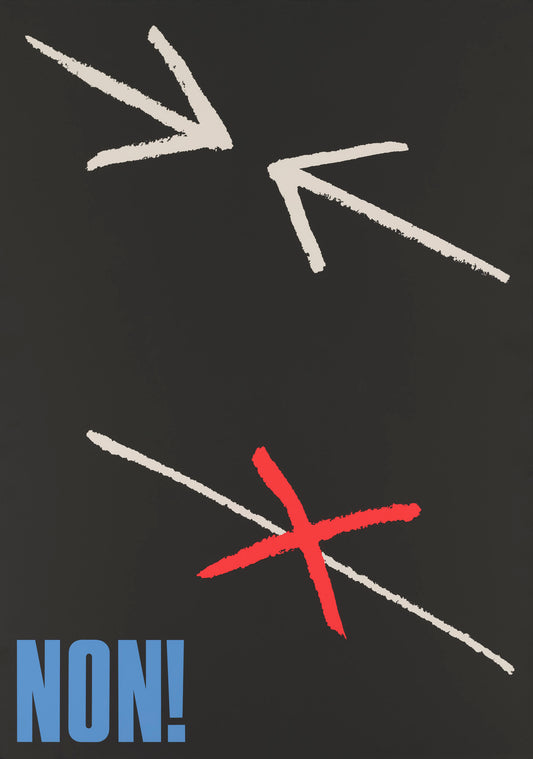
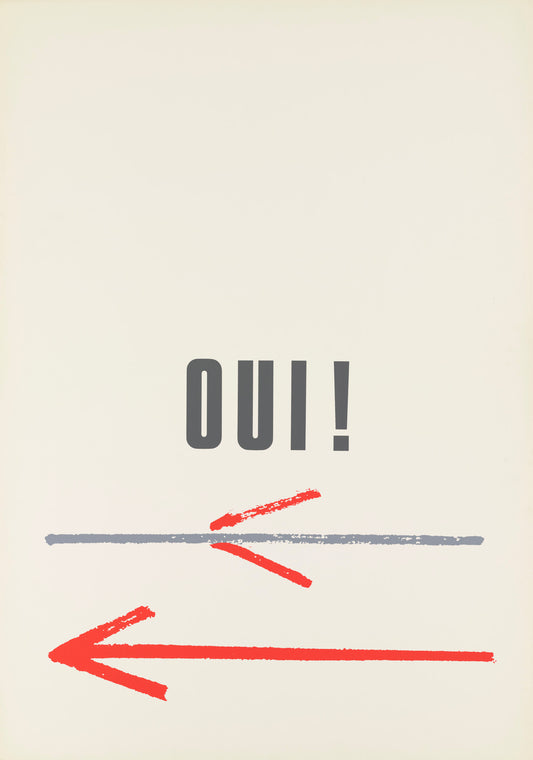
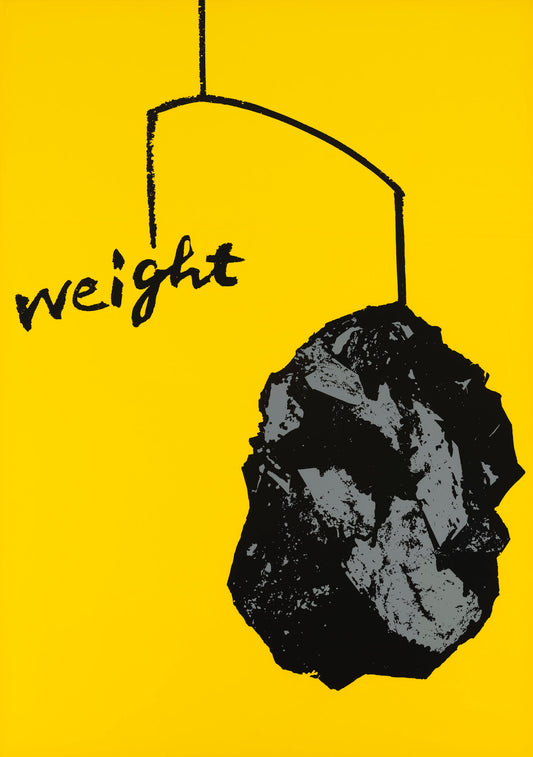
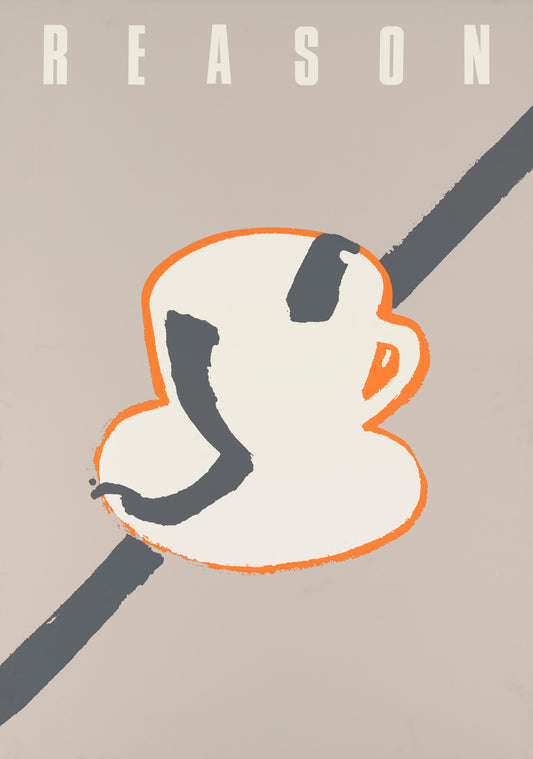
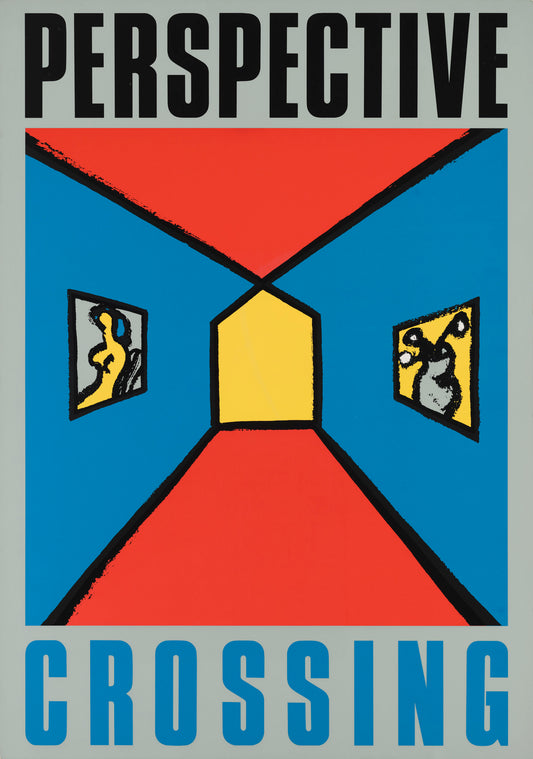

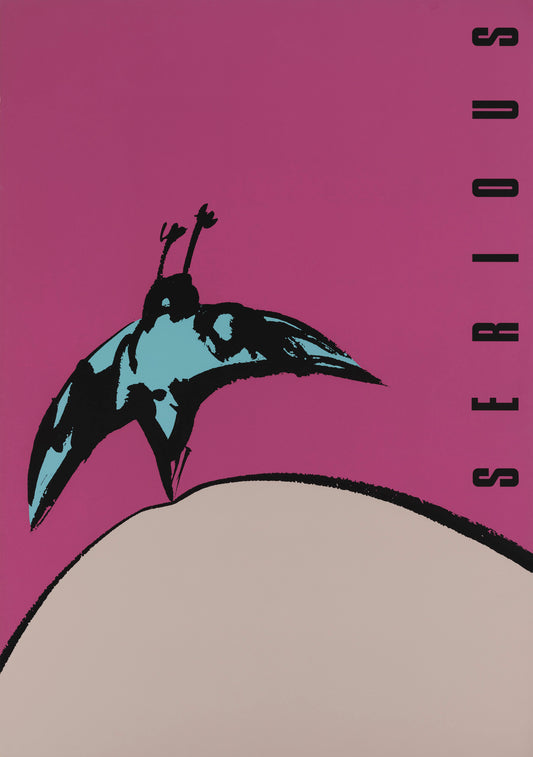
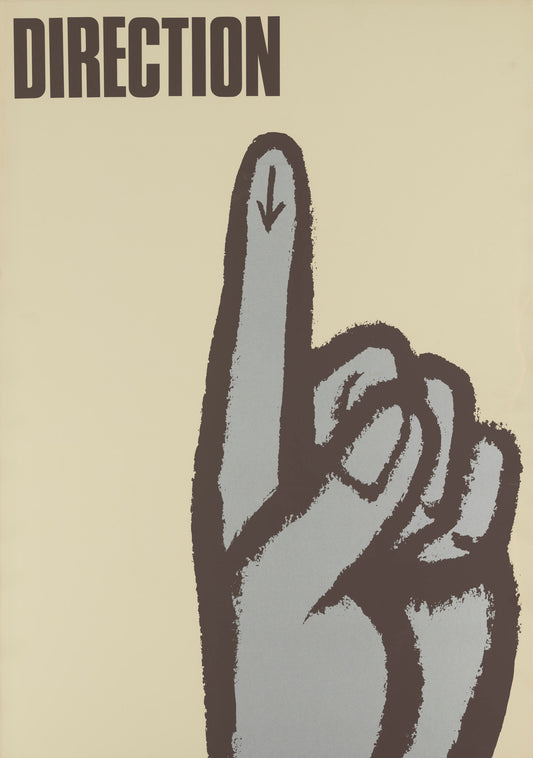
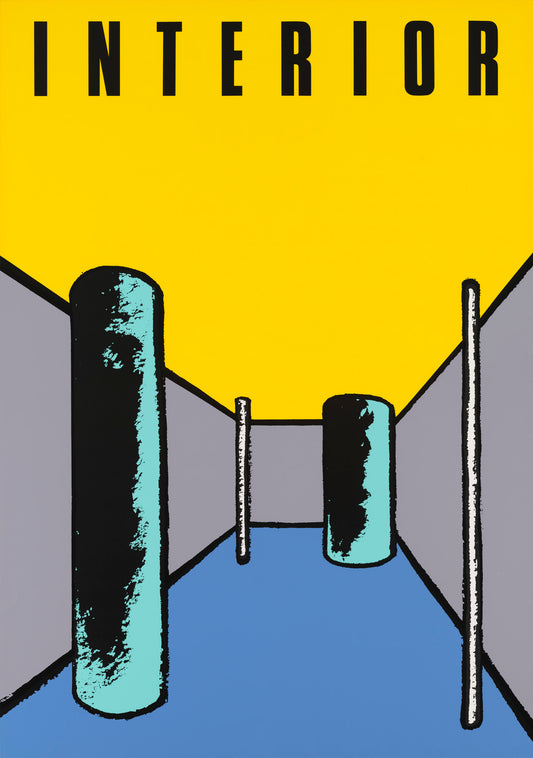
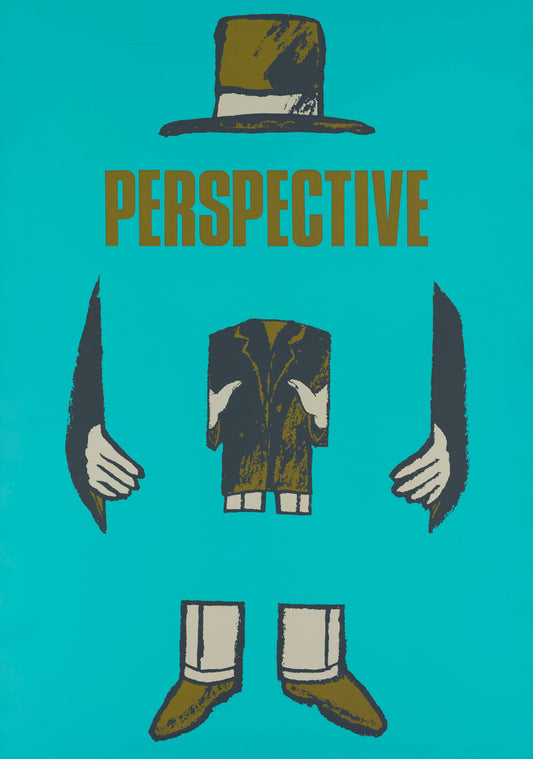
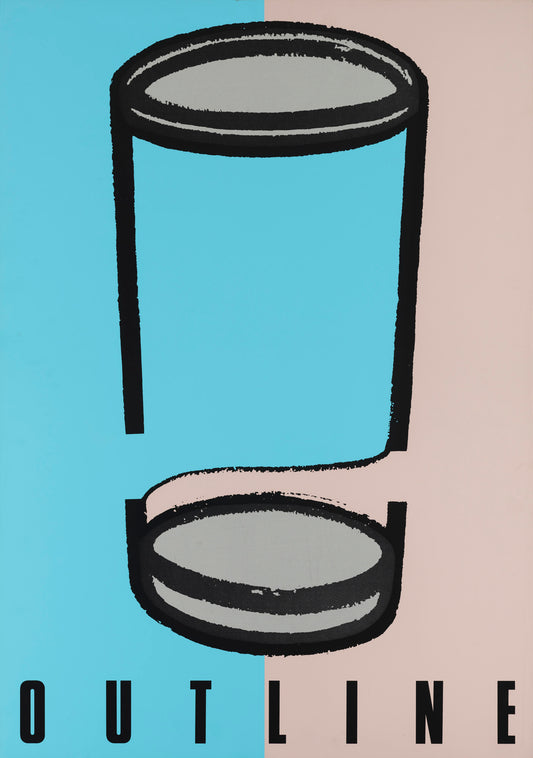
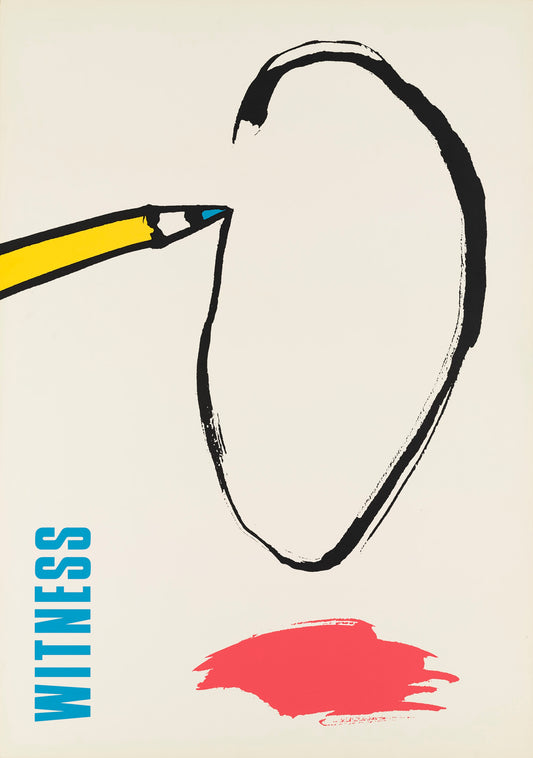
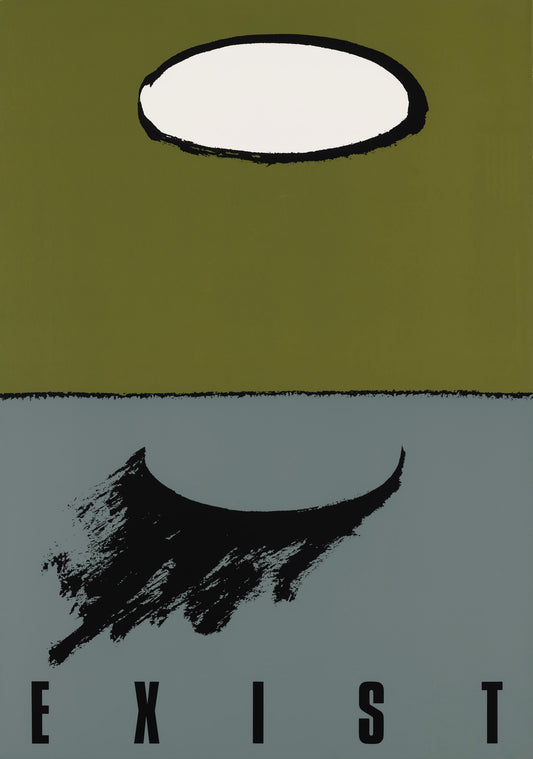
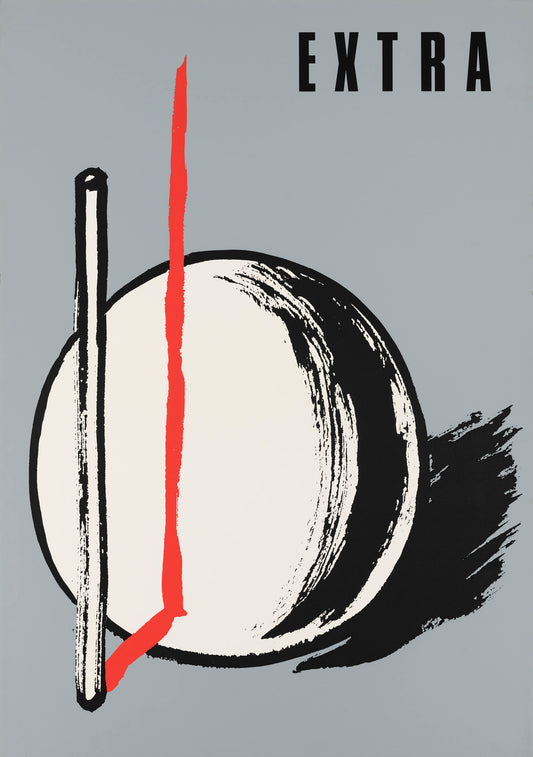
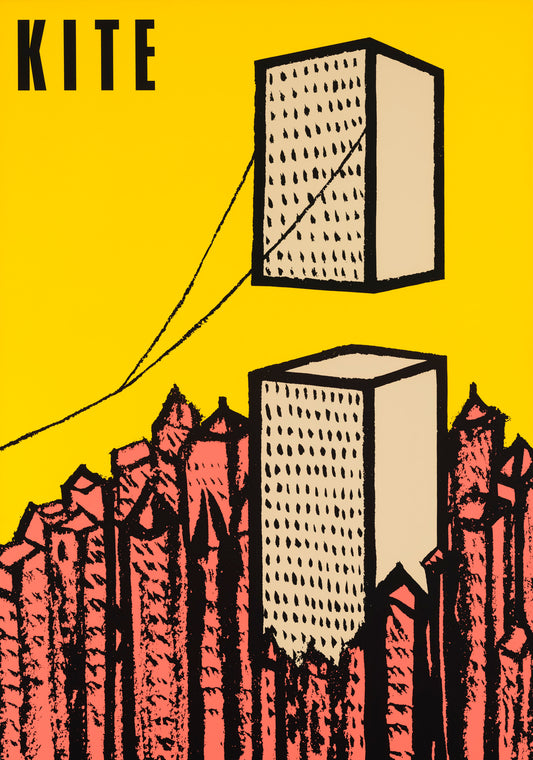

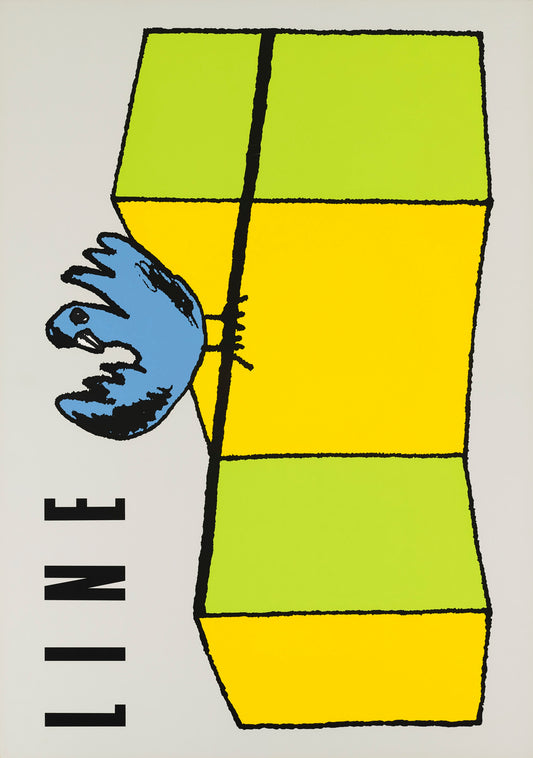
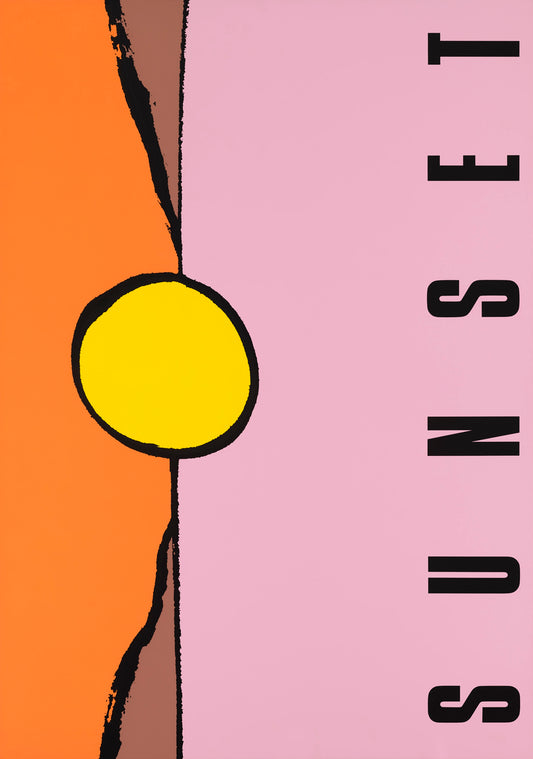
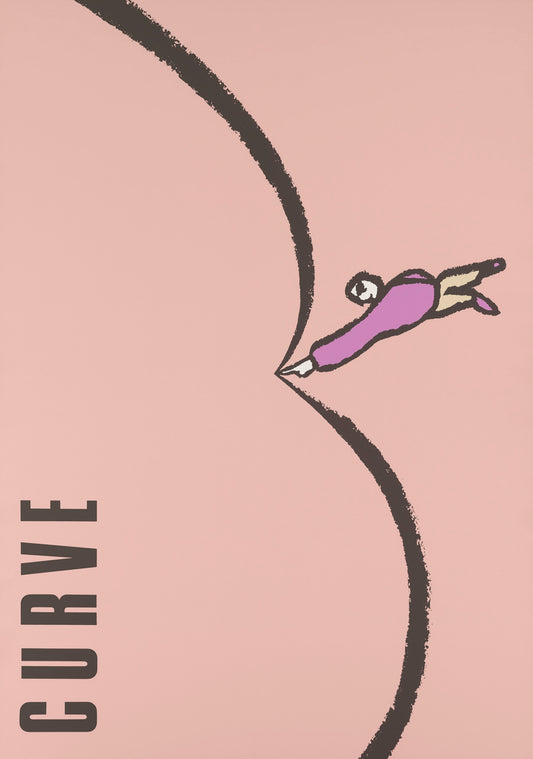
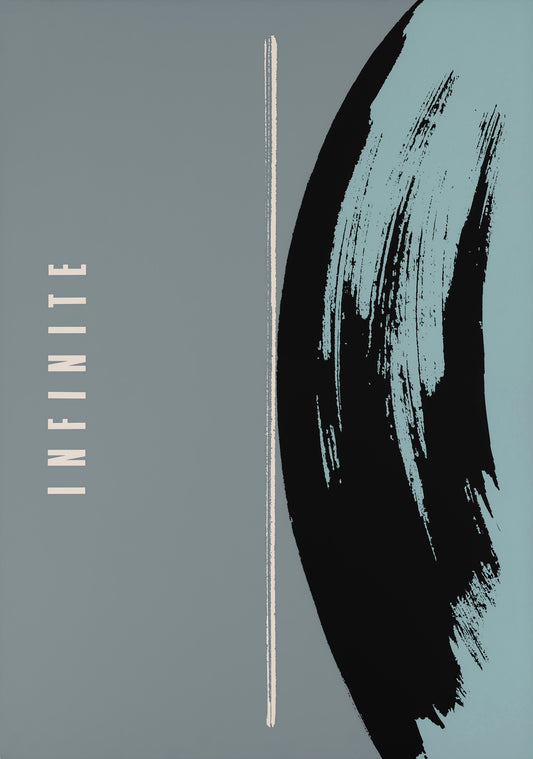
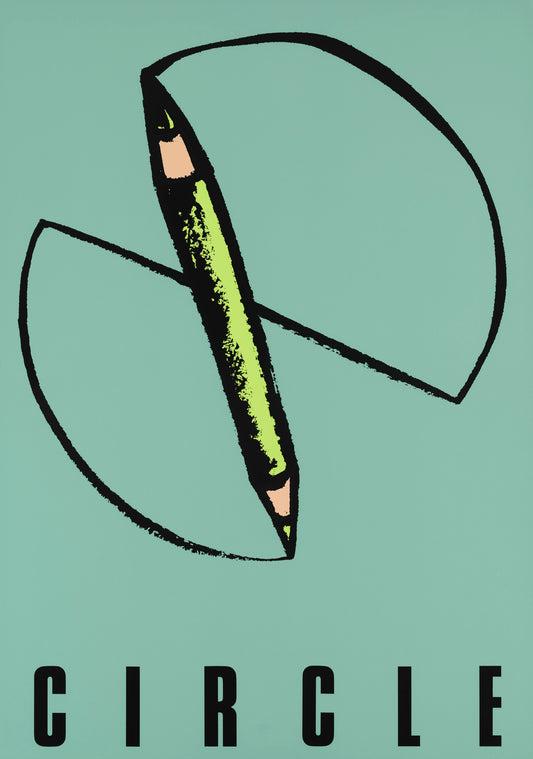
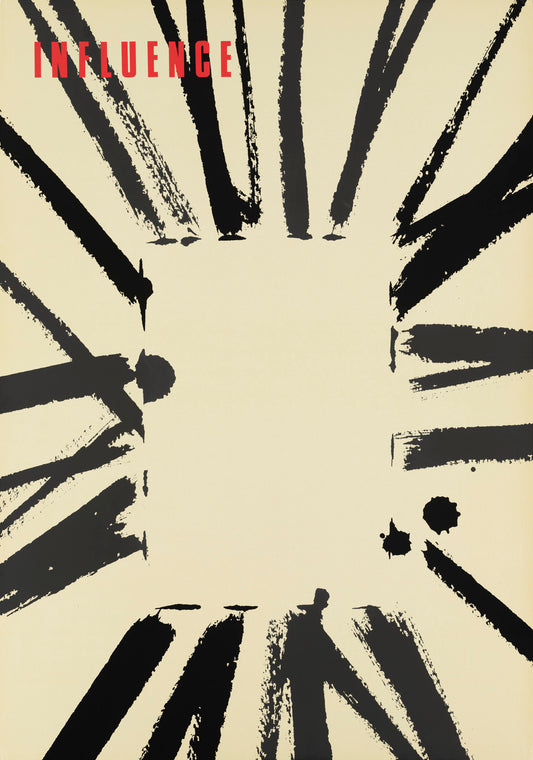
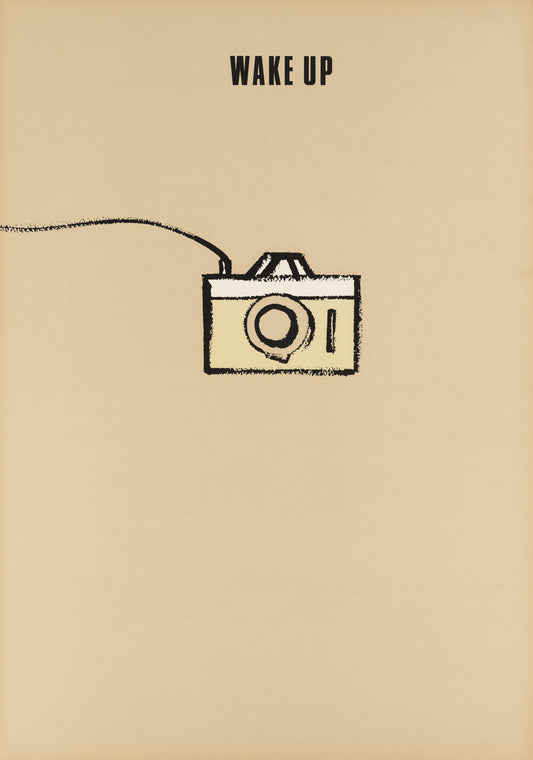
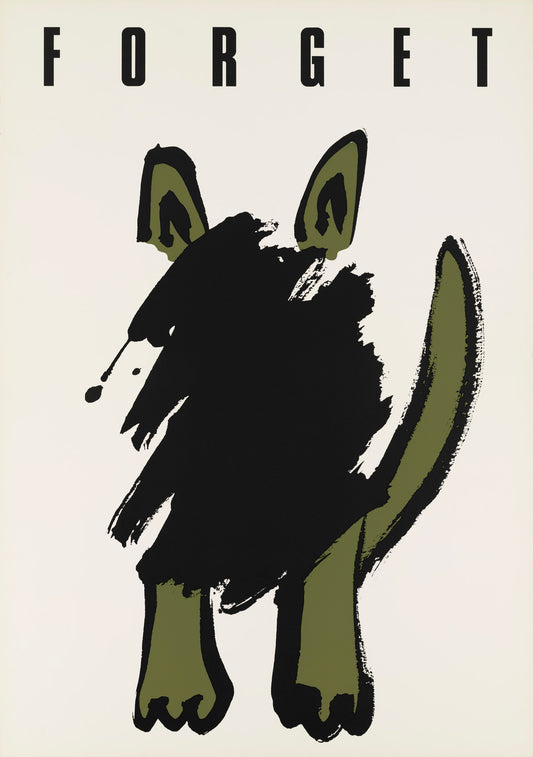
![OPINION [1]](http://magnetic-generation.com/cdn/shop/files/opinion1.jpg?v=1710736144&width=533)
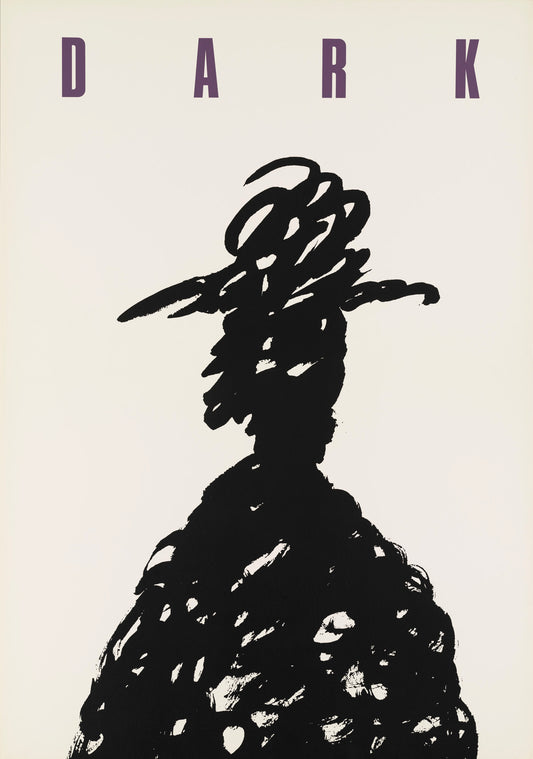
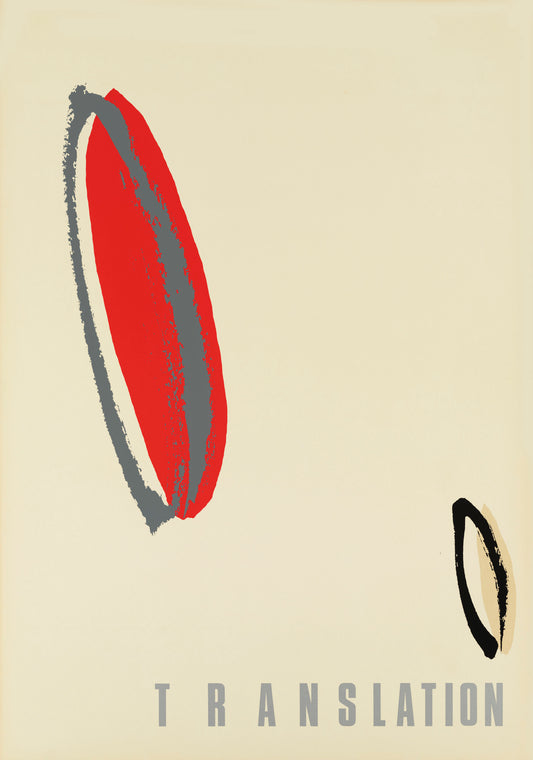
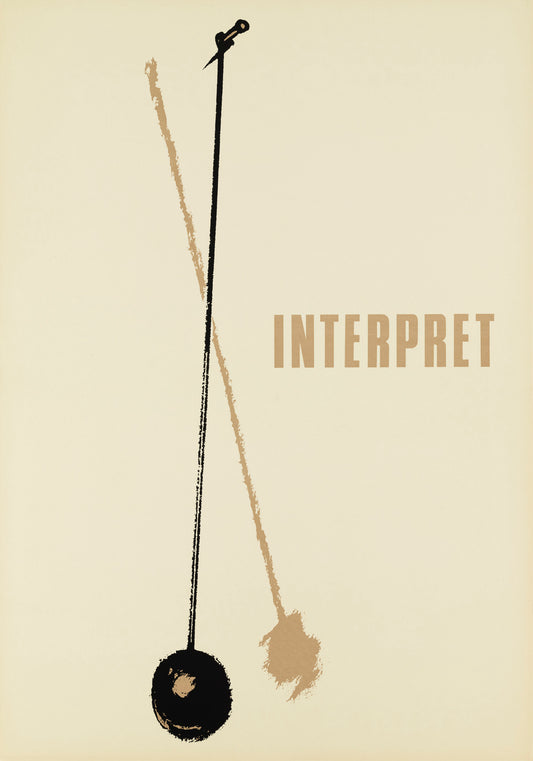
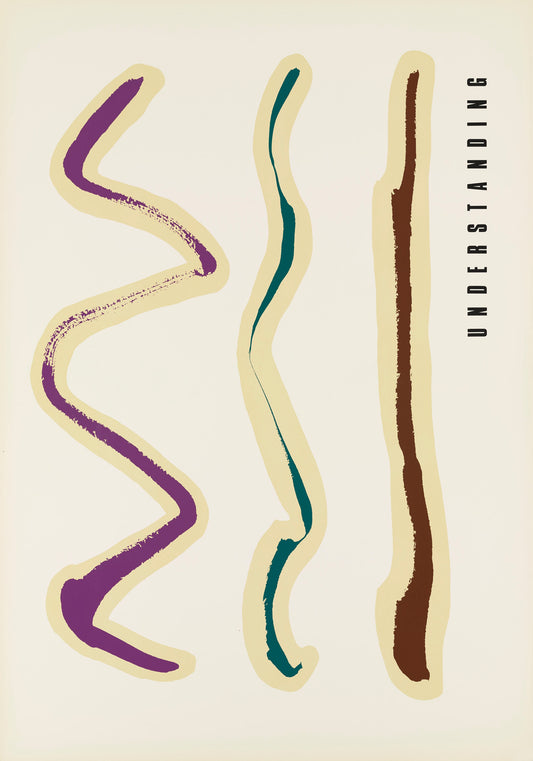
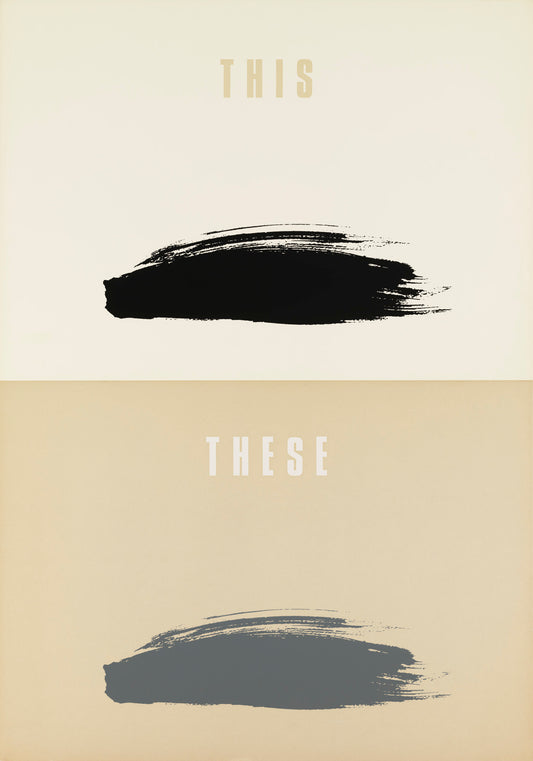
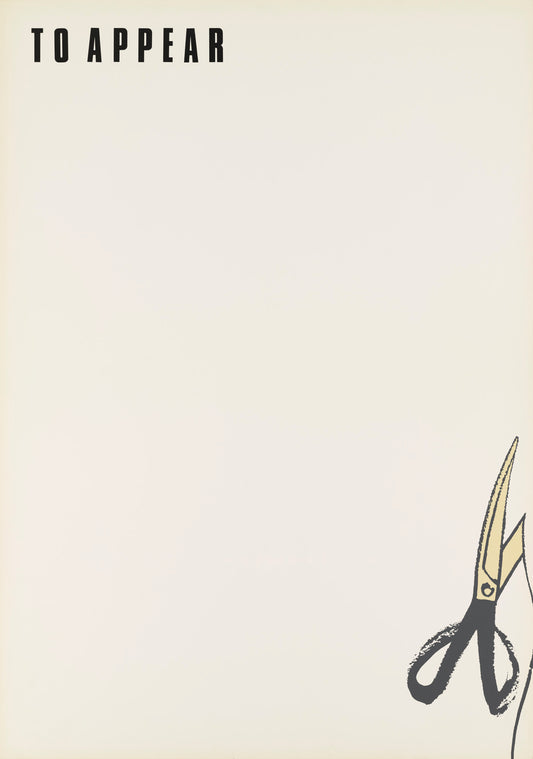
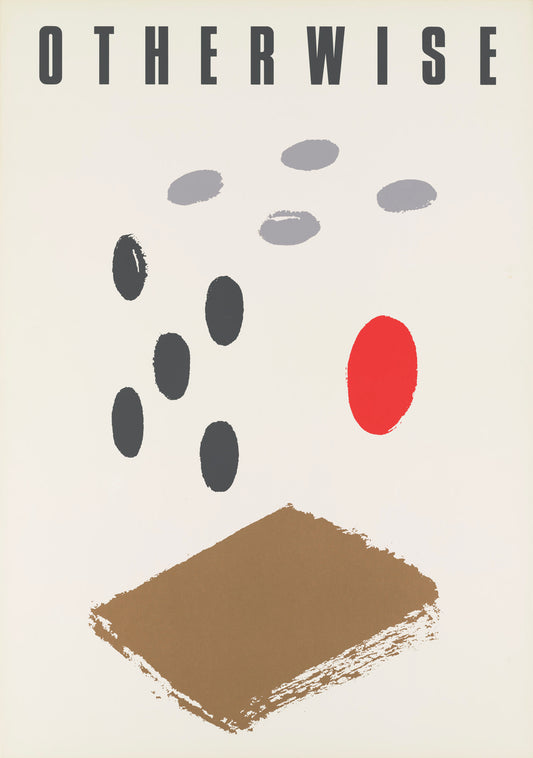
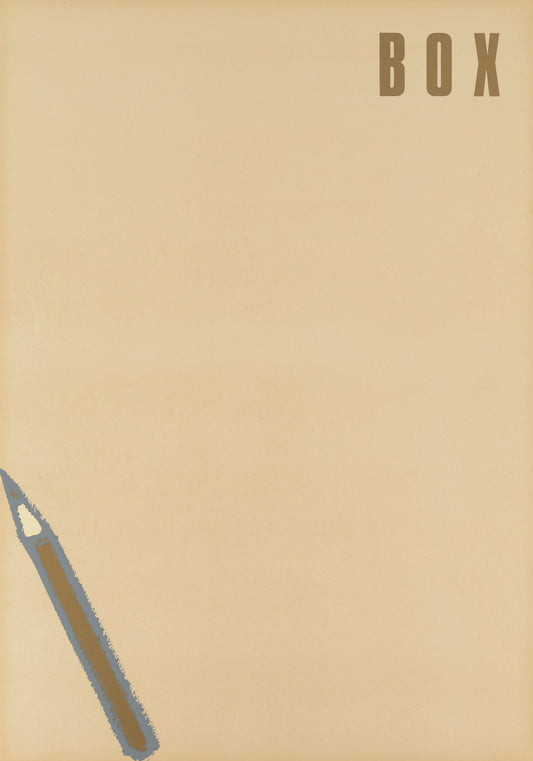

![MEMORY [1]](http://magnetic-generation.com/cdn/shop/files/memory1.jpg?v=1710735965&width=533)
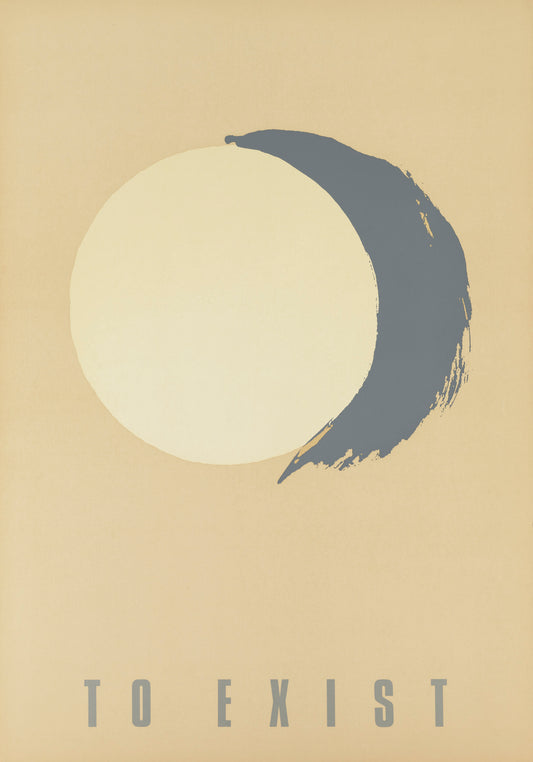
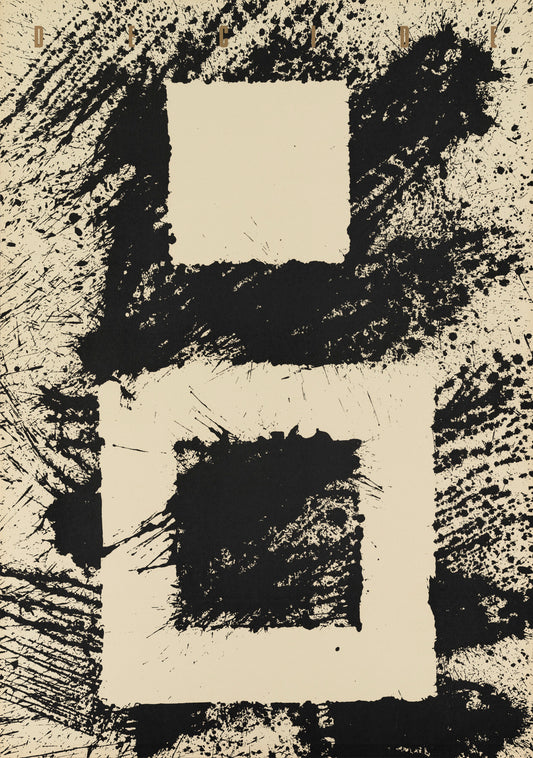
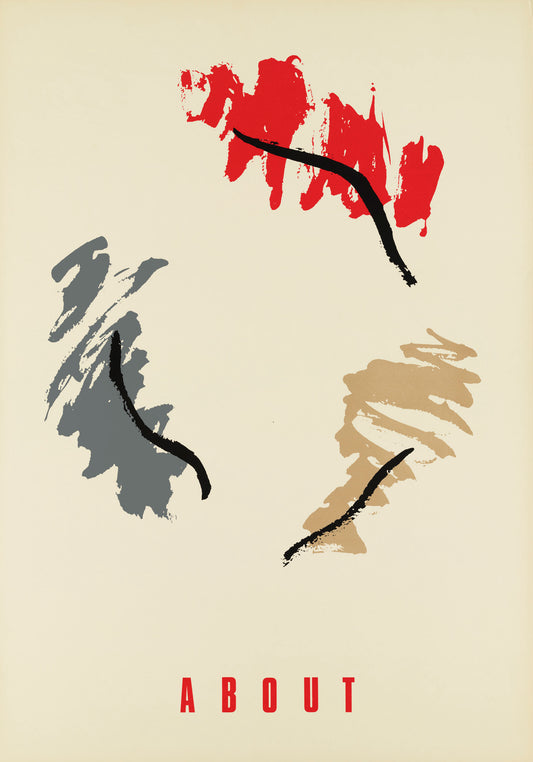
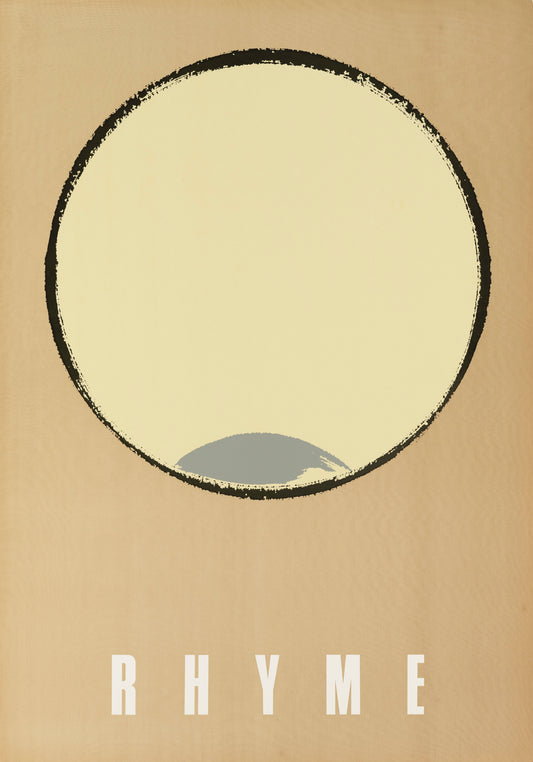
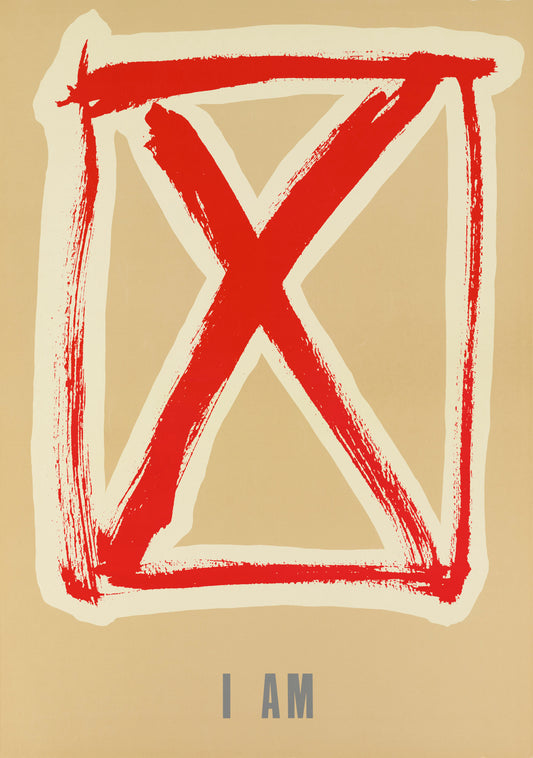
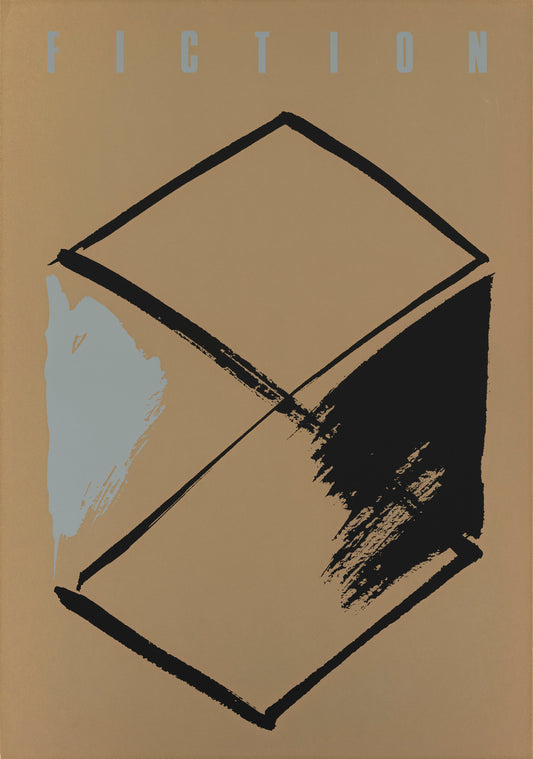

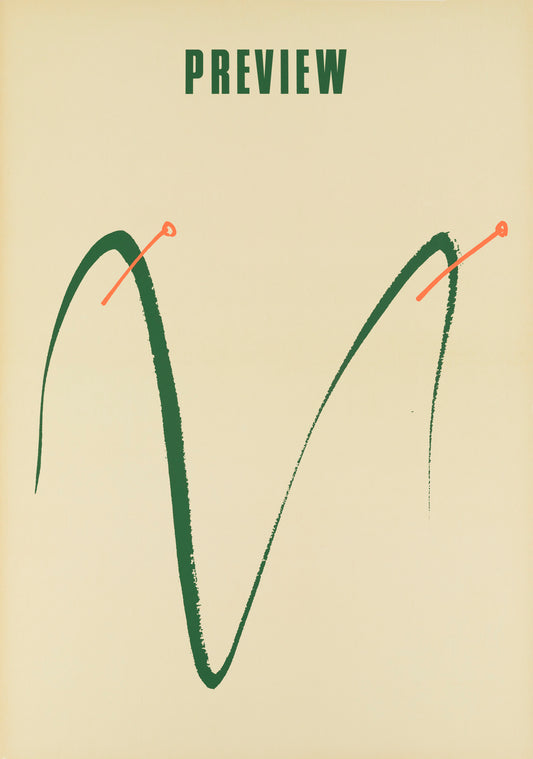
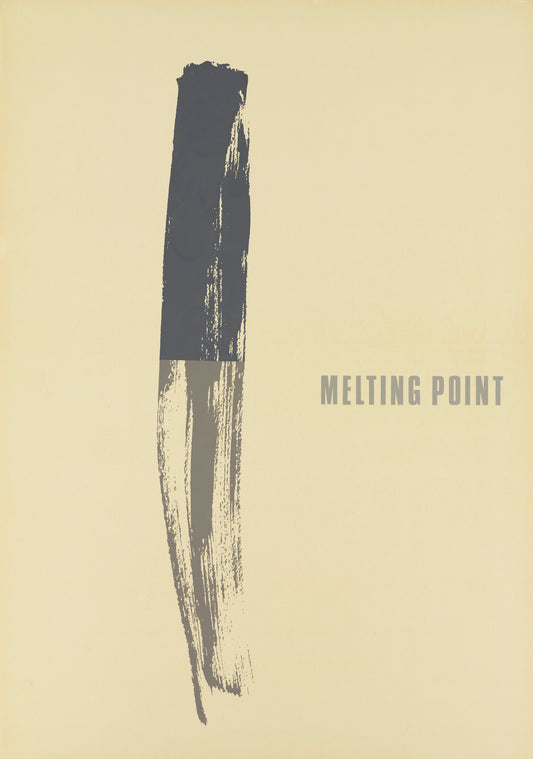
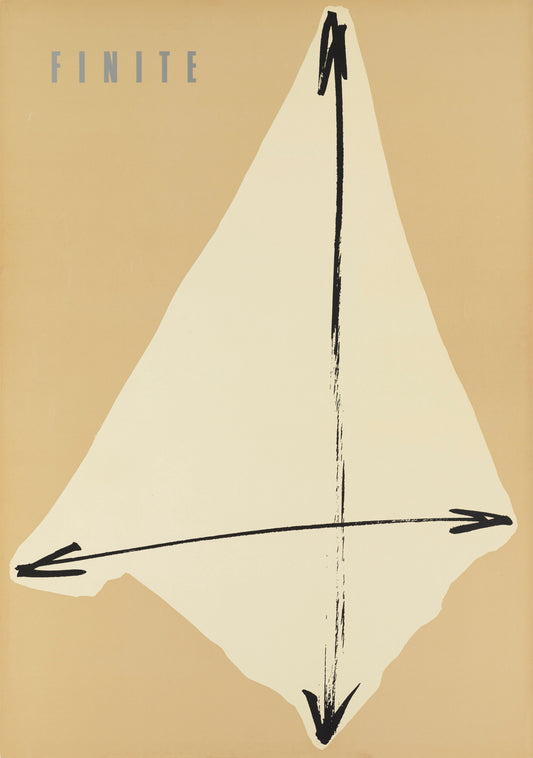
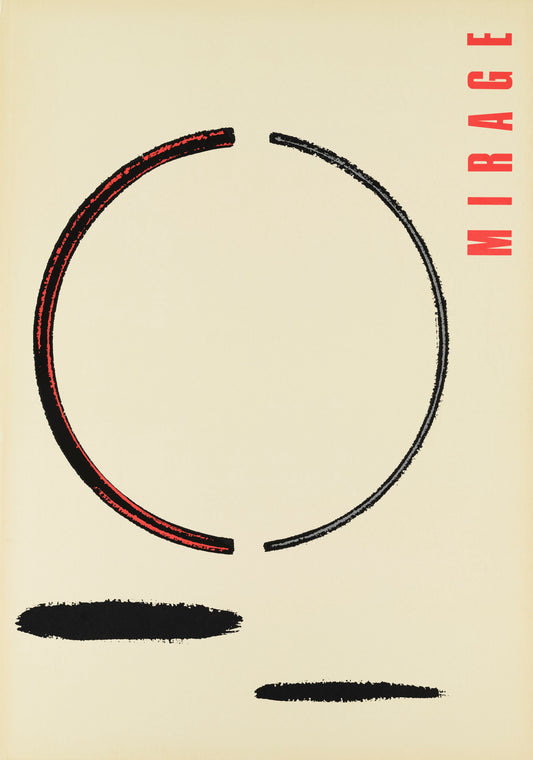
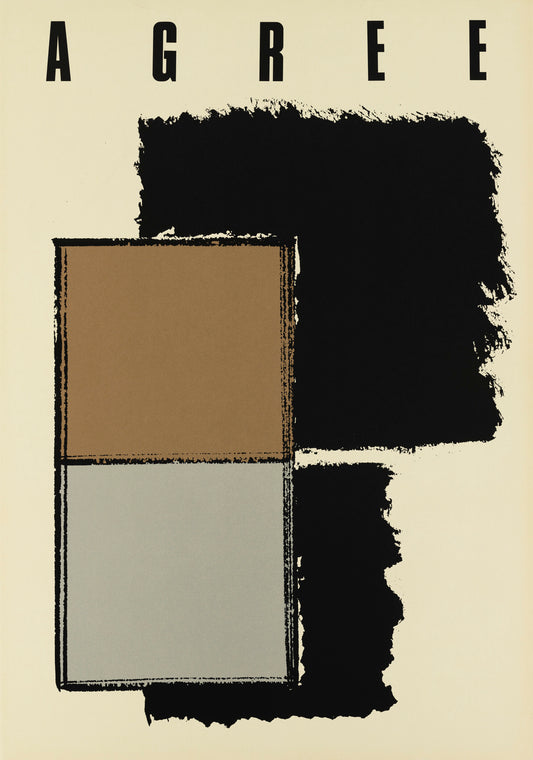
![INFERENCE [1]](http://magnetic-generation.com/cdn/shop/files/inference1.jpg?v=1710733813&width=533)
![CONCLUSION [1]](http://magnetic-generation.com/cdn/shop/files/conclusion1.jpg?v=1710493603&width=533)
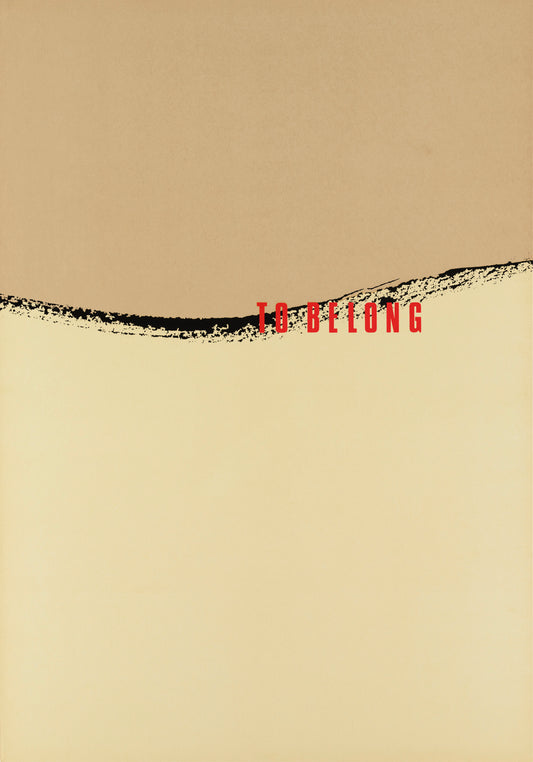
![Shot by a Sight [1]](http://magnetic-generation.com/cdn/shop/files/shotbyasigh1.jpg?v=1710745863&width=533)
![Shot by a Sight [2]](http://magnetic-generation.com/cdn/shop/files/shotbyasigh3.jpg?v=1710745950&width=533)
![Shot by a Sight [3]](http://magnetic-generation.com/cdn/shop/files/shotbyasigh2.jpg?v=1710745999&width=533)
![Shot by a Sight [4]](http://magnetic-generation.com/cdn/shop/files/shotbyasigh4.jpg?v=1710746026&width=533)
![Shot by a Sight [5]](http://magnetic-generation.com/cdn/shop/files/shotbyasigh5.jpg?v=1710746051&width=533)
![One's Point of View [01]](http://magnetic-generation.com/cdn/shop/files/opov01.jpg?v=1710749222&width=533)
![One's Point of View [02]](http://magnetic-generation.com/cdn/shop/files/opov02.jpg?v=1710749326&width=533)
![One's Point of View [03]](http://magnetic-generation.com/cdn/shop/files/opov03.jpg?v=1710749348&width=533)
![One's Point of View [04]](http://magnetic-generation.com/cdn/shop/files/opov04.jpg?v=1710749370&width=533)
![One's Point of View [05]](http://magnetic-generation.com/cdn/shop/files/opov05.jpg?v=1710749388&width=533)
![One's Point of View [06]](http://magnetic-generation.com/cdn/shop/files/opov06.jpg?v=1710749408&width=533)
![One's Point of View [07]](http://magnetic-generation.com/cdn/shop/files/opov07.jpg?v=1710749426&width=533)
![One's Point of View [08]](http://magnetic-generation.com/cdn/shop/files/opov08.jpg?v=1710749444&width=533)
![One's Point of View [09]](http://magnetic-generation.com/cdn/shop/files/opov09.jpg?v=1710749479&width=533)
![One's Point of View [10]](http://magnetic-generation.com/cdn/shop/files/opov10.jpg?v=1710749497&width=533)
![Events presented themselves to me in their logical sequence [001]](http://magnetic-generation.com/cdn/shop/files/01704.jpg?v=1710993274&width=533)
![Events presented themselves to me in their logical sequence [002]](http://magnetic-generation.com/cdn/shop/files/01705.jpg?v=1710906597&width=533)
![Events presented themselves to me in their logical sequence [003]](http://magnetic-generation.com/cdn/shop/files/01706.jpg?v=1710906625&width=533)
![Events presented themselves to me in their logical sequence [004]](http://magnetic-generation.com/cdn/shop/files/01707.jpg?v=1710906726&width=533)
![Events presented themselves to me in their logical sequence [005]](http://magnetic-generation.com/cdn/shop/files/01708.jpg?v=1710906810&width=533)
![Events presented themselves to me in their logical sequence [006]](http://magnetic-generation.com/cdn/shop/files/01709.jpg?v=1710906842&width=533)
![Events presented themselves to me in their logical sequence [007]](http://magnetic-generation.com/cdn/shop/files/01710.jpg?v=1710906868&width=533)
![Events presented themselves to me in their logical sequence [008]](http://magnetic-generation.com/cdn/shop/files/01711.jpg?v=1710906895&width=533)
![Events presented themselves to me in their logical sequence [009]](http://magnetic-generation.com/cdn/shop/files/01712.jpg?v=1710906916&width=533)
![Events presented themselves to me in their logical sequence [010]](http://magnetic-generation.com/cdn/shop/files/01713.jpg?v=1710907043&width=533)
![Perceiving by Sight [1]](http://magnetic-generation.com/cdn/shop/files/01723.jpg?v=1712913835&width=533)
![Perceiving by Sight [2]](http://magnetic-generation.com/cdn/shop/files/01724.jpg?v=1712913851&width=533)
![Perceiving by Sight [3]](http://magnetic-generation.com/cdn/shop/files/01725.jpg?v=1710921389&width=533)
![Perceiving by Sight [4]](http://magnetic-generation.com/cdn/shop/files/01726.jpg?v=1712913874&width=533)
![Perceiving by Sight [5]](http://magnetic-generation.com/cdn/shop/files/01727.jpg?v=1710921435&width=533)
![Thin-Skinned [001]](http://magnetic-generation.com/cdn/shop/files/YH298.jpg?v=1710921858&width=533)
![Thin-Skinned [002]](http://magnetic-generation.com/cdn/shop/files/01734.jpg?v=1710921944&width=533)
![Thin-Skinned [003]](http://magnetic-generation.com/cdn/shop/files/01739.jpg?v=1710921992&width=533)
![Thin-Skinned [004]](http://magnetic-generation.com/cdn/shop/files/01737.jpg?v=1710922019&width=533)
![Thin-Skinned [005]](http://magnetic-generation.com/cdn/shop/files/01736.jpg?v=1710922044&width=533)
![Thin-Skinned [006]](http://magnetic-generation.com/cdn/shop/files/01738.jpg?v=1710922068&width=533)
![Hidden Accumulated Vision [001]](http://magnetic-generation.com/cdn/shop/files/01753.jpg?v=1710922237&width=533)
![Hidden Accumulated Vision [002]](http://magnetic-generation.com/cdn/shop/files/01758.jpg?v=1710922566&width=533)
![Hidden Accumulated Vision [003]](http://magnetic-generation.com/cdn/shop/files/01757_61368064-9745-4dd3-a7b0-c33ffc612649.jpg?v=1710922547&width=533)
![Hidden Accumulated Vision [004]](http://magnetic-generation.com/cdn/shop/files/01754_053a3339-bbe2-470c-9253-09ccd2e374ca.jpg?v=1710922528&width=533)
![Hidden Accumulated Vision [005]](http://magnetic-generation.com/cdn/shop/files/01755_618e829c-b71b-4ce1-8f7a-06439a19e628.jpg?v=1710922386&width=533)
![Hidden Accumulated Vision [006]](http://magnetic-generation.com/cdn/shop/files/01760.jpg?v=1710922409&width=533)
![Hidden Accumulated Vision [007]](http://magnetic-generation.com/cdn/shop/files/01759.jpg?v=1710922429&width=533)
![Hidden Accumulated Vision [008]](http://magnetic-generation.com/cdn/shop/files/01762.jpg?v=1710922447&width=533)
![Hidden Accumulated Vision [009]](http://magnetic-generation.com/cdn/shop/files/01761.jpg?v=1710922466&width=533)
![Hidden Accumulated Vision [010]](http://magnetic-generation.com/cdn/shop/files/01756.jpg?v=1710922492&width=533)
![View Points of Intersection [001]](http://magnetic-generation.com/cdn/shop/files/1_6_view_points_of_intersection_001.jpg?v=1710922722&width=533)
![View Points of Intersection [002]](http://magnetic-generation.com/cdn/shop/files/01777.jpg?v=1710922768&width=533)
![View Points of Intersection [003]](http://magnetic-generation.com/cdn/shop/files/01775.jpg?v=1710922793&width=533)
![View Points of Intersection [004]](http://magnetic-generation.com/cdn/shop/files/01776.jpg?v=1710922817&width=533)
![View Points of Intersection [005]](http://magnetic-generation.com/cdn/shop/files/01774.jpg?v=1710922946&width=533)
![View Points of Intersection [006]](http://magnetic-generation.com/cdn/shop/files/01773.jpg?v=1710922964&width=533)
![View Points of Intersection [007]](http://magnetic-generation.com/cdn/shop/files/01778.jpg?v=1710922988&width=533)
![View Points of Intersection [008]](http://magnetic-generation.com/cdn/shop/files/01780.jpg?v=1710923013&width=533)
![View Points of Intersection [009]](http://magnetic-generation.com/cdn/shop/files/01781.jpg?v=1710923032&width=533)
![View Points of Intersection [010]](http://magnetic-generation.com/cdn/shop/files/01782.jpg?v=1710923050&width=533)
![Existence Appearance through Insight [001]](http://magnetic-generation.com/cdn/shop/files/01766.jpg?v=1710983831&width=533)
![Existence Appearance through Insight [002]](http://magnetic-generation.com/cdn/shop/files/01772.jpg?v=1710983972&width=533)
![Existence Appearance through Insight [003]](http://magnetic-generation.com/cdn/shop/files/01768.jpg?v=1710984019&width=533)
![Existence Appearance through Insight [004]](http://magnetic-generation.com/cdn/shop/files/01771.jpg?v=1710993309&width=533)
![Existence Appearance through Insight [005]](http://magnetic-generation.com/cdn/shop/files/01764.jpg?v=1710993340&width=533)
![Existence Appearance through Insight [006]](http://magnetic-generation.com/cdn/shop/files/01769.jpg?v=1710993371&width=533)
![Existence Appearance through Insight [007]](http://magnetic-generation.com/cdn/shop/files/01767.jpg?v=1710993402&width=533)
![Existence Appearance through Insight [008]](http://magnetic-generation.com/cdn/shop/files/01770.jpg?v=1710993423&width=533)
![Existence Appearance through Insight [009]](http://magnetic-generation.com/cdn/shop/files/01763.jpg?v=1710993446&width=533)
![Existence Appearance through Insight [010]](http://magnetic-generation.com/cdn/shop/files/01765.jpg?v=1710993466&width=533)
![Magnetic Vision [001]](http://magnetic-generation.com/cdn/shop/files/01848.jpg?v=1710923285&width=533)
![Magnetic Vision [002]](http://magnetic-generation.com/cdn/shop/files/01798.jpg?v=1710923388&width=533)
![Magnetic Vision [003]](http://magnetic-generation.com/cdn/shop/files/01808.jpg?v=1710923416&width=533)
![Magnetic Vision [004]](http://magnetic-generation.com/cdn/shop/files/01862.jpg?v=1710923448&width=533)
![Magnetic Vision [005]](http://magnetic-generation.com/cdn/shop/files/01874.jpg?v=1710923499&width=533)
![Magnetic Vision [006]](http://magnetic-generation.com/cdn/shop/files/01881.jpg?v=1710923522&width=533)
![Magnetic Vision [007]](http://magnetic-generation.com/cdn/shop/files/01886.jpg?v=1710923575&width=533)
![Magnetic Vision [008]](http://magnetic-generation.com/cdn/shop/files/01804.jpg?v=1710923595&width=533)
![Magnetic Vision [009]](http://magnetic-generation.com/cdn/shop/files/01864.jpg?v=1710923638&width=533)
![Magnetic Vision [010]](http://magnetic-generation.com/cdn/shop/files/01858.jpg?v=1710923673&width=533)
![Magnetic Vision [011]](http://magnetic-generation.com/cdn/shop/files/01876.jpg?v=1710923714&width=533)
![Magnetic Vision [012]](http://magnetic-generation.com/cdn/shop/files/01838.jpg?v=1710923746&width=533)
![Magnetic Vision [013]](http://magnetic-generation.com/cdn/shop/files/01878.jpg?v=1710923792&width=533)
![Magnetic Vision [014]](http://magnetic-generation.com/cdn/shop/files/01809.jpg?v=1710923821&width=533)
![Magnetic Vision [015]](http://magnetic-generation.com/cdn/shop/files/01817.jpg?v=1710923850&width=533)
![Magnetic Vision [016]](http://magnetic-generation.com/cdn/shop/files/01883.jpg?v=1710923907&width=533)
![Magnetic Vision [017]](http://magnetic-generation.com/cdn/shop/files/01888.jpg?v=1710923950&width=533)
![Magnetic Vision [018]](http://magnetic-generation.com/cdn/shop/files/01822.jpg?v=1710923978&width=533)
![Magnetic Vision [019]](http://magnetic-generation.com/cdn/shop/files/01828.jpg?v=1710924319&width=533)
![Magnetic Vision [020]](http://magnetic-generation.com/cdn/shop/files/01831.jpg?v=1710924344&width=533)
![Magnetic Vision [021]](http://magnetic-generation.com/cdn/shop/files/01825.jpg?v=1710924394&width=533)
![Magnetic Vision [022]](http://magnetic-generation.com/cdn/shop/files/01793.jpg?v=1710932824&width=533)
![Magnetic Vision [023]](http://magnetic-generation.com/cdn/shop/files/01815.jpg?v=1710932850&width=533)
![Magnetic Vision [024]](http://magnetic-generation.com/cdn/shop/files/01826.jpg?v=1710932880&width=533)
![Magnetic Vision [025]](http://magnetic-generation.com/cdn/shop/files/01812.jpg?v=1710932908&width=533)
![Magnetic Vision [026]](http://magnetic-generation.com/cdn/shop/files/01860.jpg?v=1710933088&width=533)
![Magnetic Vision [027]](http://magnetic-generation.com/cdn/shop/files/01861.jpg?v=1710933123&width=533)
![Magnetic Vision [028]](http://magnetic-generation.com/cdn/shop/files/01810.jpg?v=1710933163&width=533)
![Magnetic Vision [029]](http://magnetic-generation.com/cdn/shop/files/01835.jpg?v=1710933203&width=533)
![Magnetic Vision [030]](http://magnetic-generation.com/cdn/shop/files/01827.jpg?v=1710933478&width=533)
![Magnetic Vision [031]](http://magnetic-generation.com/cdn/shop/files/01842.jpg?v=1710933510&width=533)
![Magnetic Vision [032]](http://magnetic-generation.com/cdn/shop/files/01868.jpg?v=1710933538&width=533)
![Magnetic Vision [033]](http://magnetic-generation.com/cdn/shop/files/01891.jpg?v=1710933665&width=533)
![Magnetic Vision [034]](http://magnetic-generation.com/cdn/shop/files/01850.jpg?v=1710933746&width=533)
![Magnetic Vision [035]](http://magnetic-generation.com/cdn/shop/files/01855.jpg?v=1710933783&width=533)
![Magnetic Vision [036]](http://magnetic-generation.com/cdn/shop/files/01875.jpg?v=1710933813&width=533)
![Magnetic Vision [037]](http://magnetic-generation.com/cdn/shop/files/01872.jpg?v=1710933865&width=533)
![Magnetic Vision [038]](http://magnetic-generation.com/cdn/shop/files/01830.jpg?v=1710933894&width=533)
![Magnetic Vision [039]](http://magnetic-generation.com/cdn/shop/files/01837.jpg?v=1710933931&width=533)
![Magnetic Vision [040]](http://magnetic-generation.com/cdn/shop/files/01820.jpg?v=1710934044&width=533)
![Magnetic Vision [041]](http://magnetic-generation.com/cdn/shop/files/01890.jpg?v=1710934076&width=533)
![Magnetic Vision [042]](http://magnetic-generation.com/cdn/shop/files/01852.jpg?v=1710934109&width=533)
![Magnetic Vision [043]](http://magnetic-generation.com/cdn/shop/files/01859.jpg?v=1710934138&width=533)
![Magnetic Vision [044]](http://magnetic-generation.com/cdn/shop/files/01801.jpg?v=1710934156&width=533)
![Magnetic Vision [045]](http://magnetic-generation.com/cdn/shop/files/01832.jpg?v=1710934204&width=533)
![Magnetic Vision [046]](http://magnetic-generation.com/cdn/shop/files/01805.jpg?v=1710934227&width=533)
![Magnetic Vision [047]](http://magnetic-generation.com/cdn/shop/files/01865.jpg?v=1710934265&width=533)
![Magnetic Vision [048]](http://magnetic-generation.com/cdn/shop/files/01796.jpg?v=1710934391&width=533)
![Magnetic Vision [049]](http://magnetic-generation.com/cdn/shop/files/01851.jpg?v=1710934420&width=533)
![Magnetic Vision [050]](http://magnetic-generation.com/cdn/shop/files/01867.jpg?v=1710934504&width=533)
![Space of Magnetic Vision [001]](http://magnetic-generation.com/cdn/shop/files/86655.jpg?v=1710942727&width=533)
![Space of Magnetic Vision [002]](http://magnetic-generation.com/cdn/shop/files/86656.jpg?v=1710942911&width=533)
![Space of Magnetic Vision [003]](http://magnetic-generation.com/cdn/shop/files/86657.jpg?v=1710942953&width=533)
![Space of Magnetic Vision [004]](http://magnetic-generation.com/cdn/shop/files/86658.jpg?v=1710942993&width=533)
![Space of Magnetic Vision [005]](http://magnetic-generation.com/cdn/shop/files/86659.jpg?v=1710943043&width=533)
![Space of Magnetic Vision [006]](http://magnetic-generation.com/cdn/shop/files/86660.jpg?v=1710943101&width=533)
![Space of Magnetic Vision [007]](http://magnetic-generation.com/cdn/shop/files/86661.jpg?v=1710943144&width=533)
![Space of Magnetic Vision [008]](http://magnetic-generation.com/cdn/shop/files/86662.jpg?v=1710943185&width=533)
![Space of Magnetic Vision [009]](http://magnetic-generation.com/cdn/shop/files/86663.jpg?v=1710943226&width=533)
![Space of Magnetic Vision [010]](http://magnetic-generation.com/cdn/shop/files/86664.jpg?v=1710943264&width=533)
![UNIVERSE [001]](http://magnetic-generation.com/cdn/shop/files/86671.jpg?v=1710943709&width=533)
![UNIVERSE [002]](http://magnetic-generation.com/cdn/shop/files/86672.jpg?v=1710943784&width=533)
![Fragment [001]](http://magnetic-generation.com/cdn/shop/files/86669.jpg?v=1710944004&width=533)
![Fragment [002]](http://magnetic-generation.com/cdn/shop/files/86670.jpg?v=1710944112&width=533)
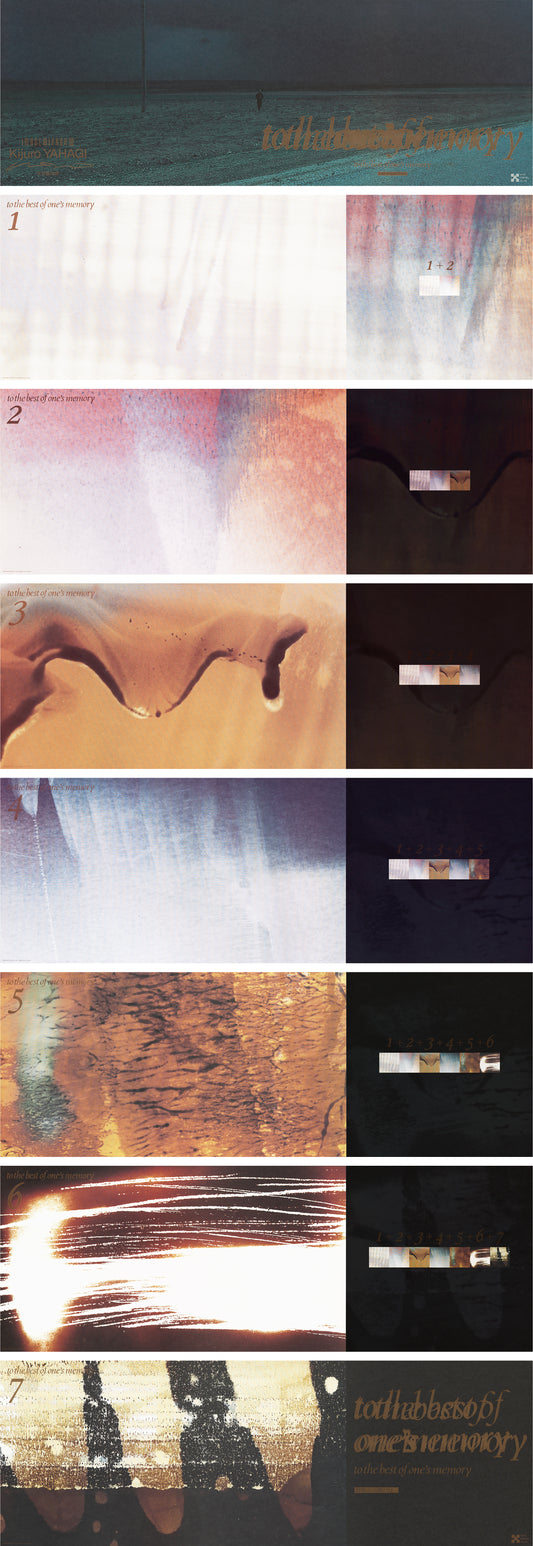
![Mirage on Mirage [001]](http://magnetic-generation.com/cdn/shop/files/mirage_001.jpg?v=1711963506&width=533)
![Mirage on Mirage [003]](http://magnetic-generation.com/cdn/shop/files/mirage_003.jpg?v=1711963659&width=533)
![Mirage on Mirage [005]](http://magnetic-generation.com/cdn/shop/files/mirage_005.jpg?v=1711963764&width=533)
![Mirage on Mirage [002]](http://magnetic-generation.com/cdn/shop/files/mirage_002.jpg?v=1711963640&width=533)
![Mirage on Mirage [008]](http://magnetic-generation.com/cdn/shop/files/mirage_008.jpg?v=1711963824&width=533)
![Mirage on Mirage [004]](http://magnetic-generation.com/cdn/shop/files/mirage_004.jpg?v=1711963673&width=533)
![Mirage on Mirage [007]](http://magnetic-generation.com/cdn/shop/files/mirage_007.jpg?v=1711963801&width=533)
![Mirage on Mirage [006]](http://magnetic-generation.com/cdn/shop/files/mirage_006.jpg?v=1711963782&width=533)
![Mirage on Mirage [009]](http://magnetic-generation.com/cdn/shop/files/mirage_009.jpg?v=1711963845&width=533)
![Mirage on Mirage [010]](http://magnetic-generation.com/cdn/shop/files/mirage_010.jpg?v=1711963862&width=533)